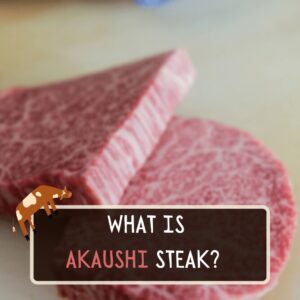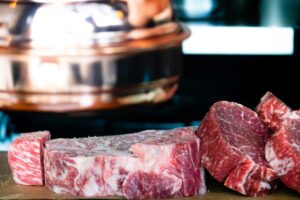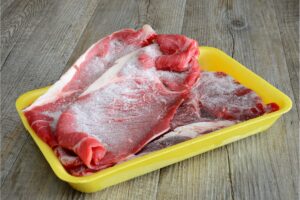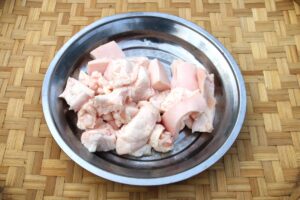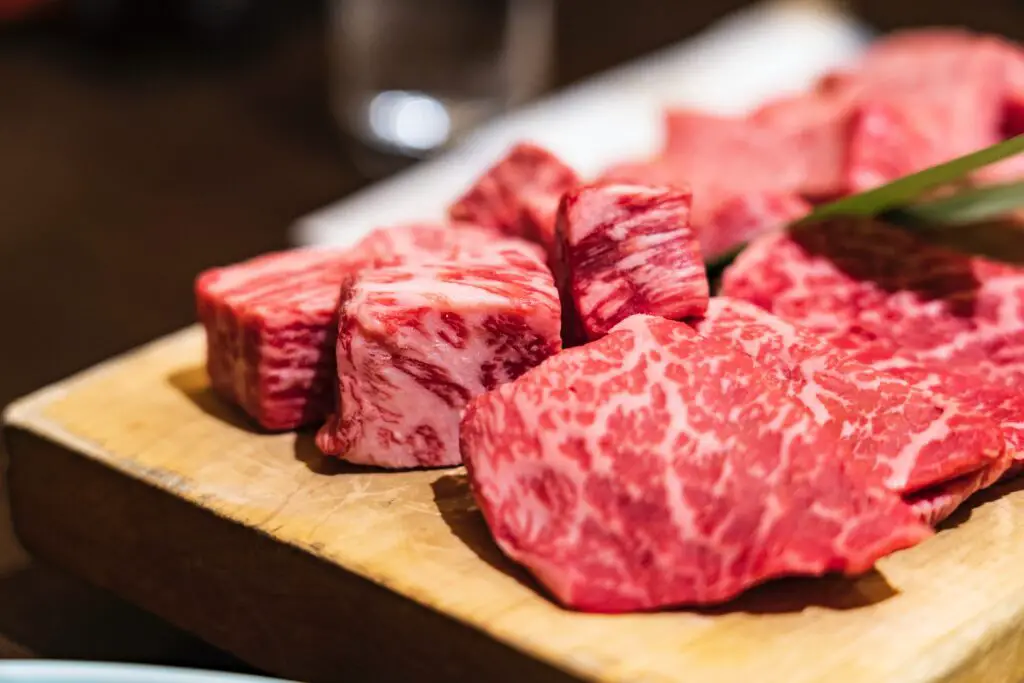
I went out on a saturday morning with a list of spices and bought everything on it. Later on I spent a day on the computer researching what I could use them for. I also took all the photos myself, please don’t hate!
I paid less than $60 for all the 33 spices in total.
Here is what I learned, and what you should consider before stocking up:
- What type of foods are you usually cooking? Plan your list of spices around that. There is no point in buying spices just to store them.
- Keep your spices in airtight, clear jars close to the place where you are using them.
Spices generally don’t go bad, they simply lose aroma.
As a rule of thumb:
- Whole spices last for a year or more
- Ground spices last for around 6 months.
If you are unsure whether your spices have lost their potency, try to bash them with a mallet or a rolling pin. If you can smell the aroma, then you are golden.
#33 – Celery Seed
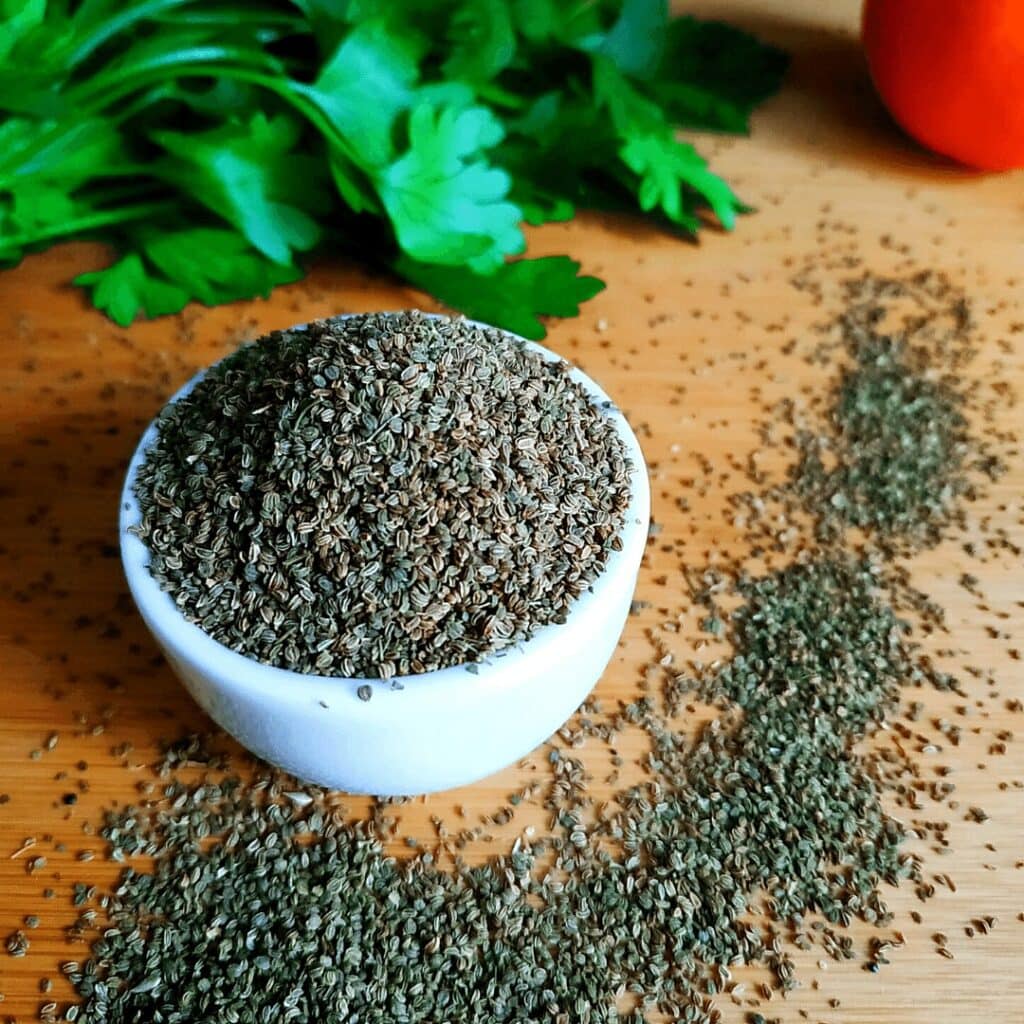
- Buy as whole and grind them if you need it for sauces or smoothies
- Not to be confused with Celery salt
- Tastes like celery, duh
#32 – Seasoned Salt
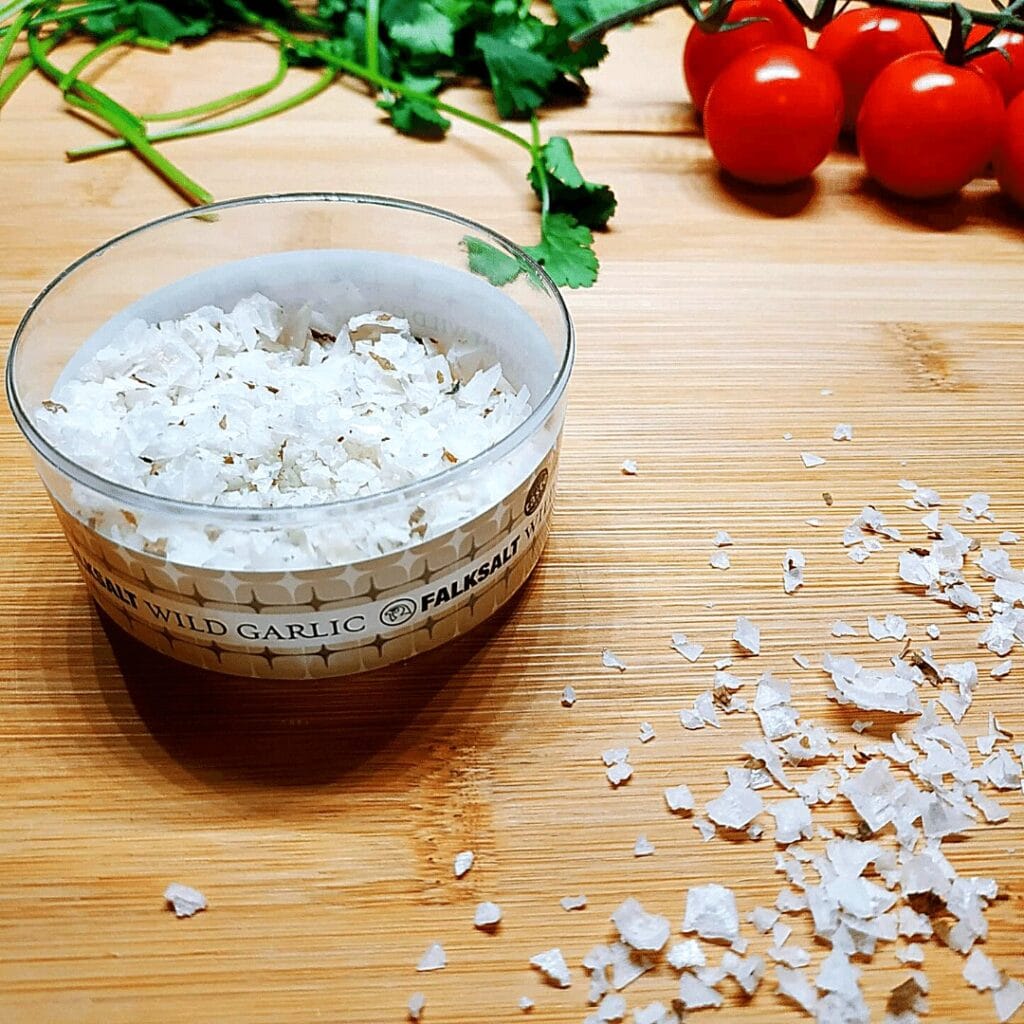
- Ground up salt mixed with whatever you can imagine
- Easy to make your own
- Store in a cool place to keep the flavors longer
#31 – Lemon Pepper
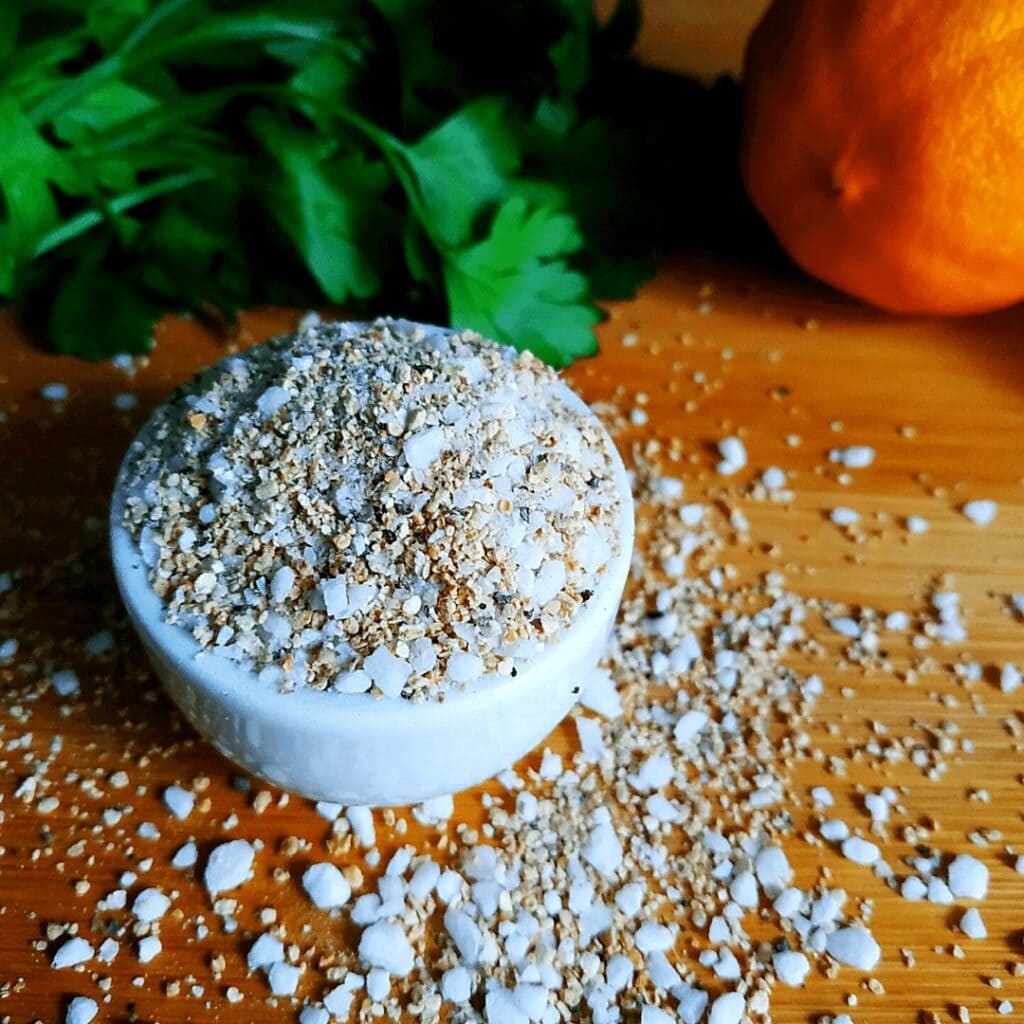
- Lemon Pepper is actually a seasoning mix
- Combine Lemon zest, salt and pepper, easy to make your own
- Attention! Be careful to use lemons with untreated, pesticide-free peels. Your best bet is to go organic
#30 – White Pepper
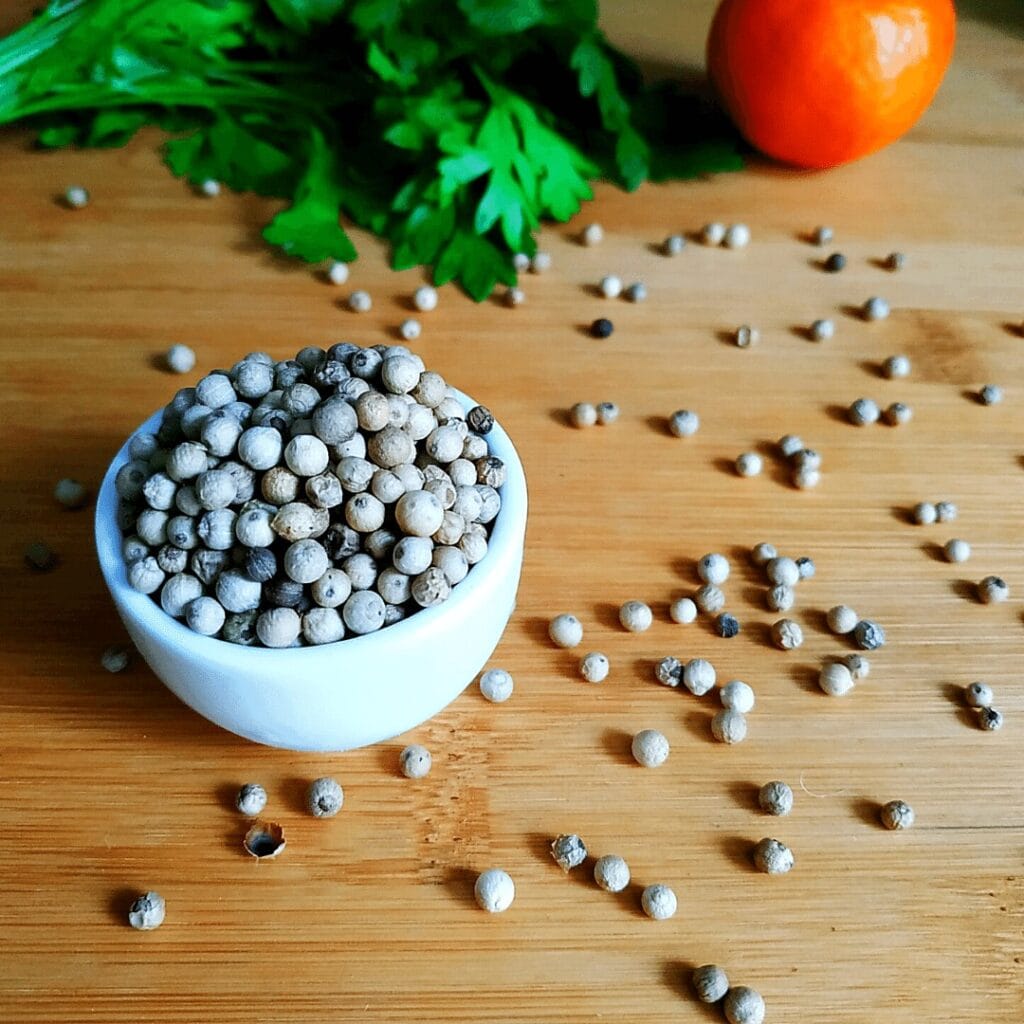
- Usually milder than black pepper
- Made from the same fruit as black pepper
- Use it for light colored foods where black pepper would ruin the aesthetics
- Buy whole and grind them as you need them since white pepper loses potency fairly quickly
- Whole white pepper keeps its potency for only around 6 months, afterwards you may have to use more
#29 – Cardamom
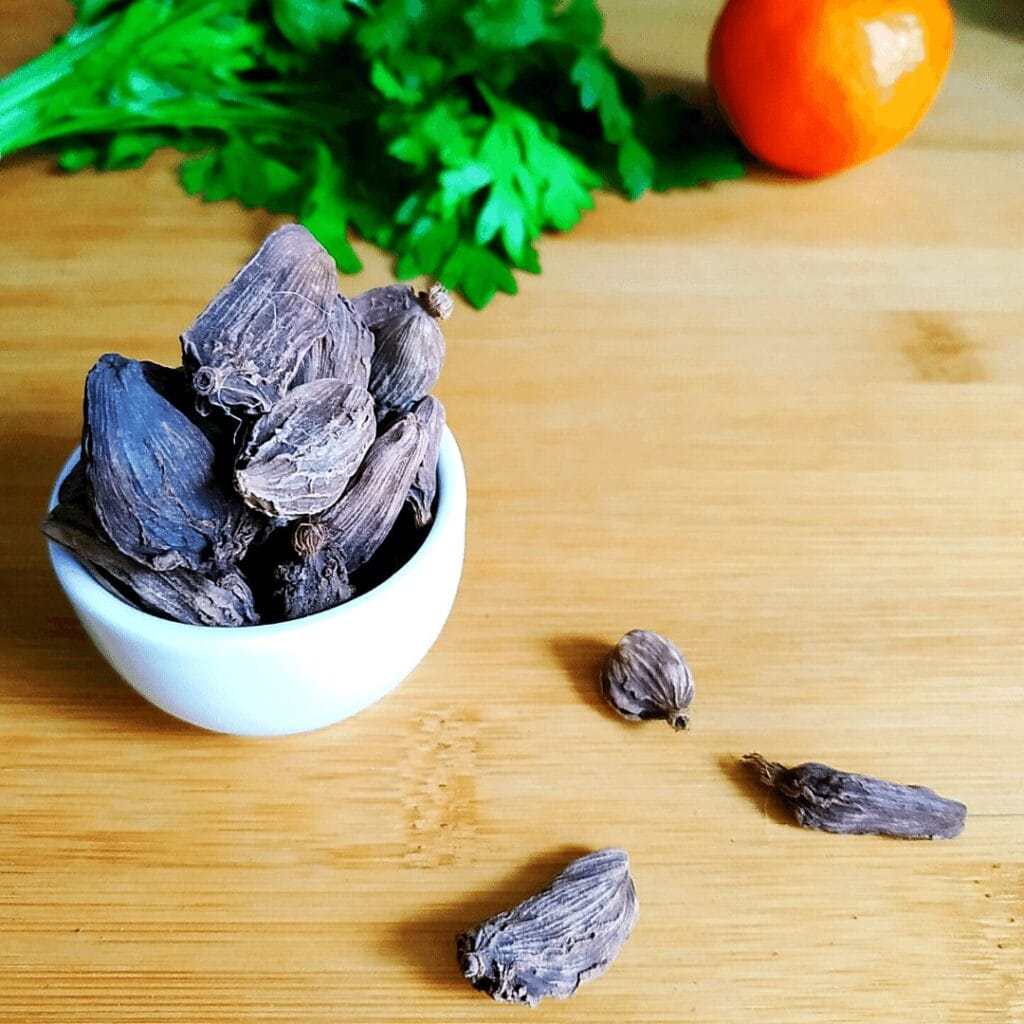
- Two main types are black Cardamom and Green Cardamom
- Used mainly for desserts in the Western hemisphere
- If used whole, then discard from the dish before serving, it is unpleasant to bite into it
- Ground cardamom uses potency very quickly, prefer to buy it whole and grind yourself if you can
#28 – Marjoram
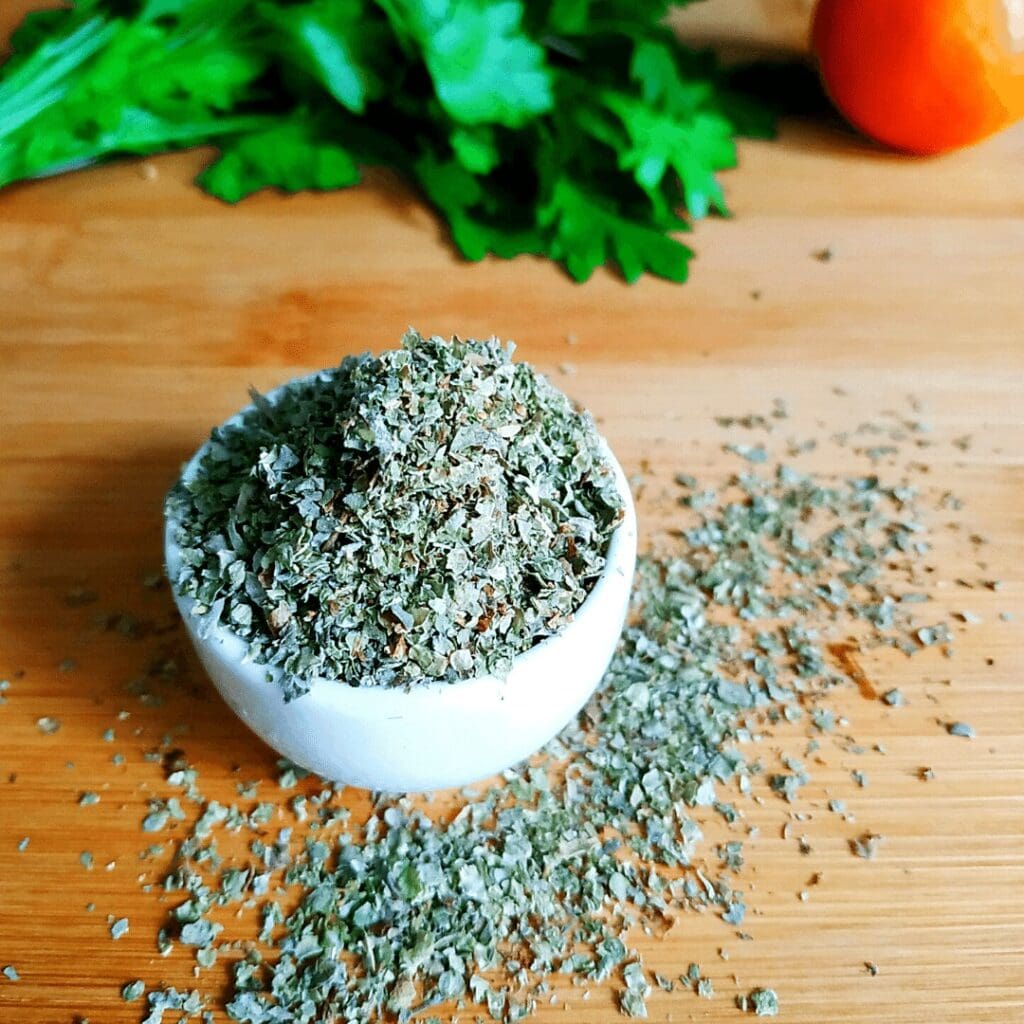
- You can substitute it with Oregano fairly well, but oregano is stronger
- If fresh, add Marjoram at the end of cooking
- Dried Marjoram is more potent than fresh, and can be added to many spice blends
#27 – Dry Mustard
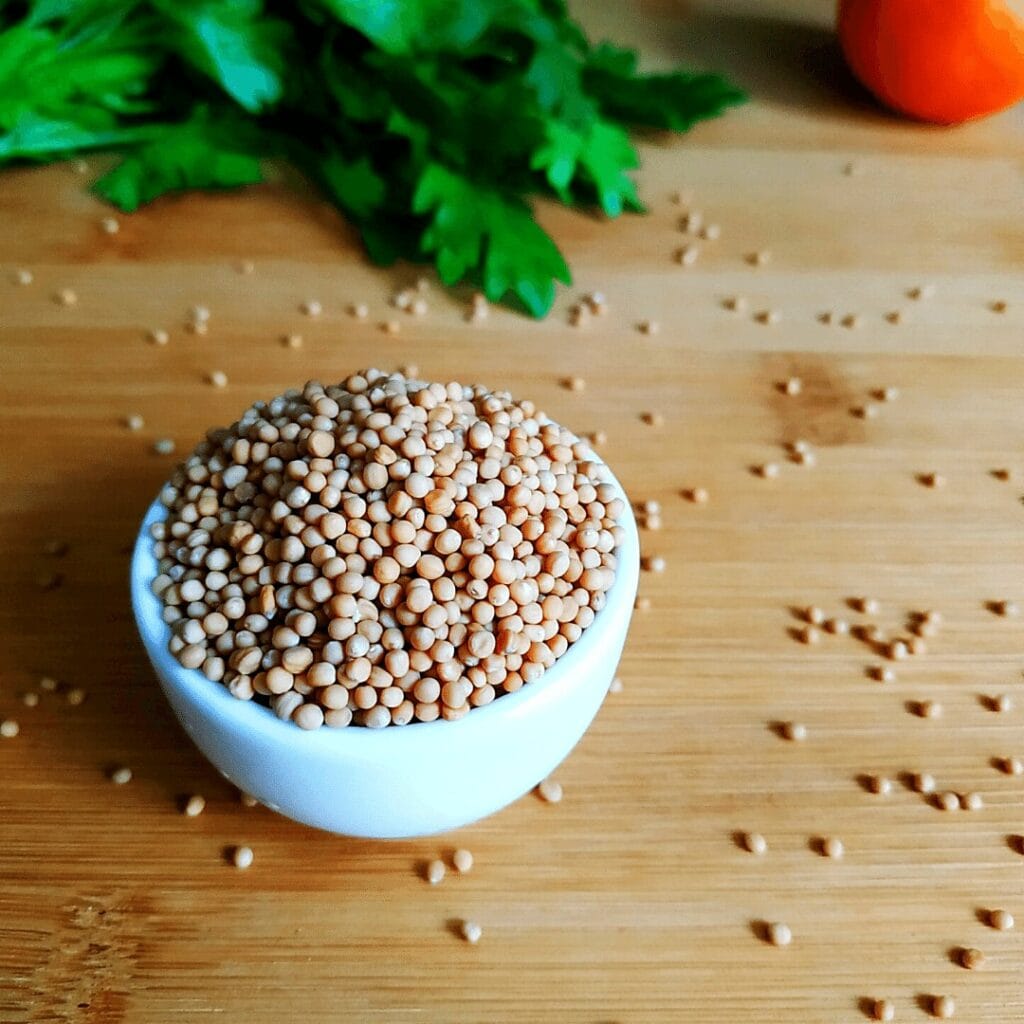
- Dry or powdered mustard seeds are actually not acidic at all
- Buy whole mustard seeds, grind them and sift the seed coat out to leave only the powder
- Whole mustard seeds keep for a year, powdered only around 6 months
#26 – Fennel
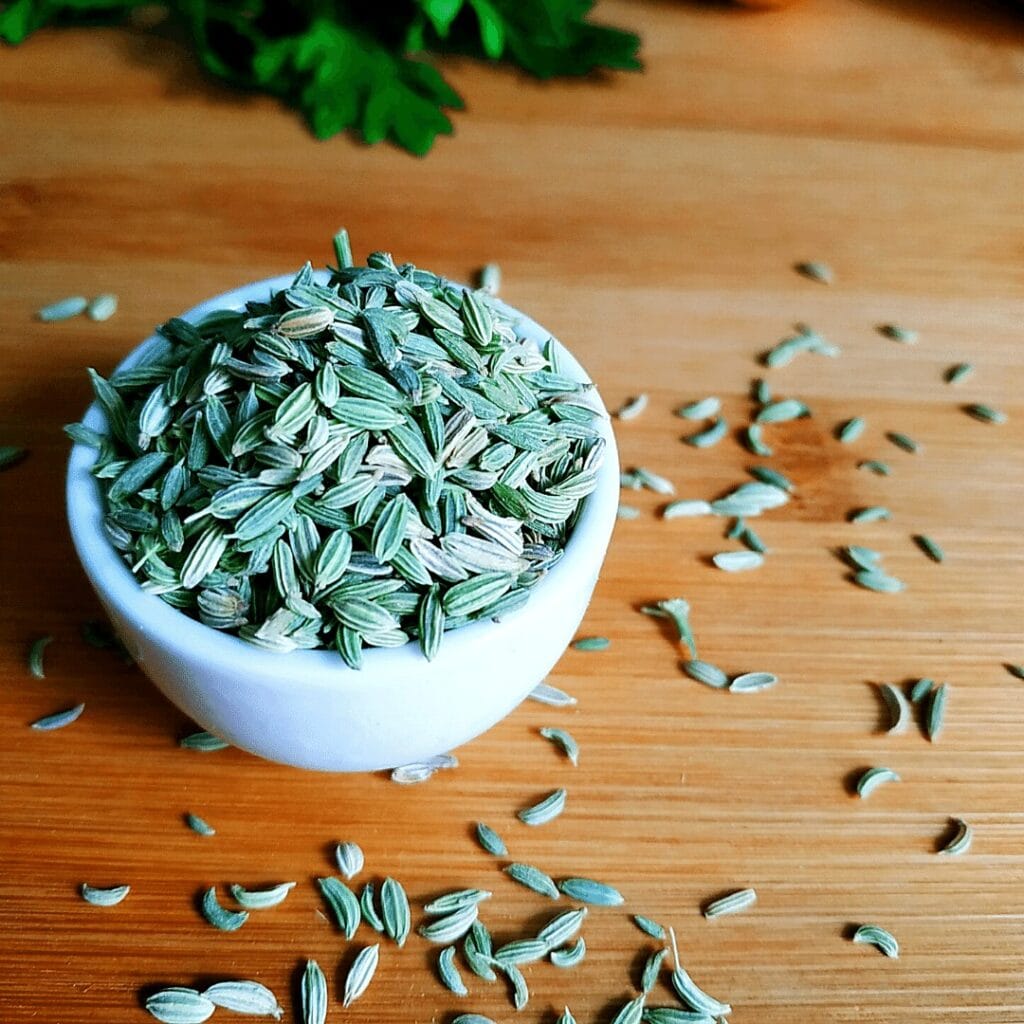
- The whole Fennel plant is edible
- Fennel seeds used as a spice
- Most common uses are sausage seasoning, curry and spice mixes
- Seeds might be chewed to freshen the breath after a meal!
- Fennel seeds keep for about 12 months
#25 – Saffron
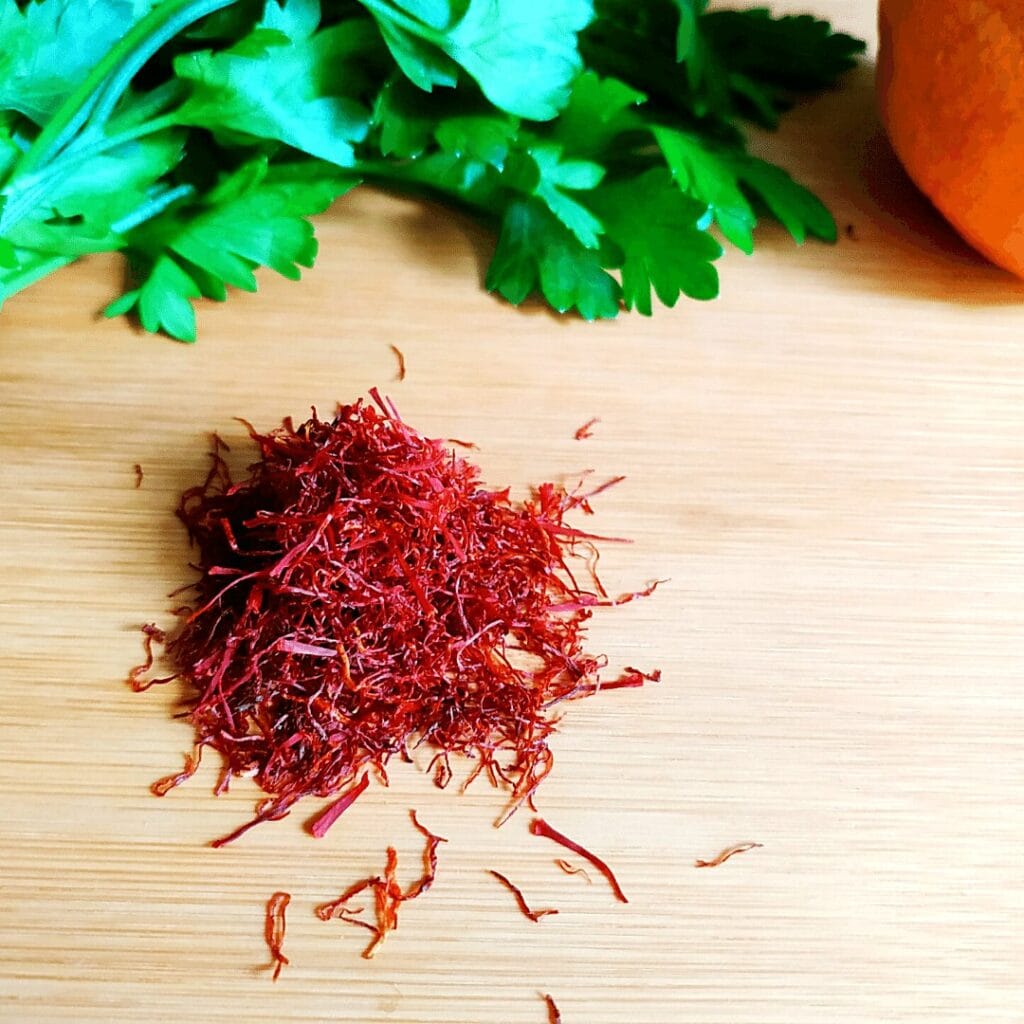
- More expensive than gold
- Crush Saffron threads before using them in recipes
- Secret Tip! Steep saffron threads, use the water, then use the saffron threads a second time if you want to be frugal
- Saffron threads keep their potency for up to 6 months in the pantry, but pre-crushed saffron will have already lost some of its potency by the time you buy it
- Saffron may keep up to 12 months in the freezer
#24 – Cloves
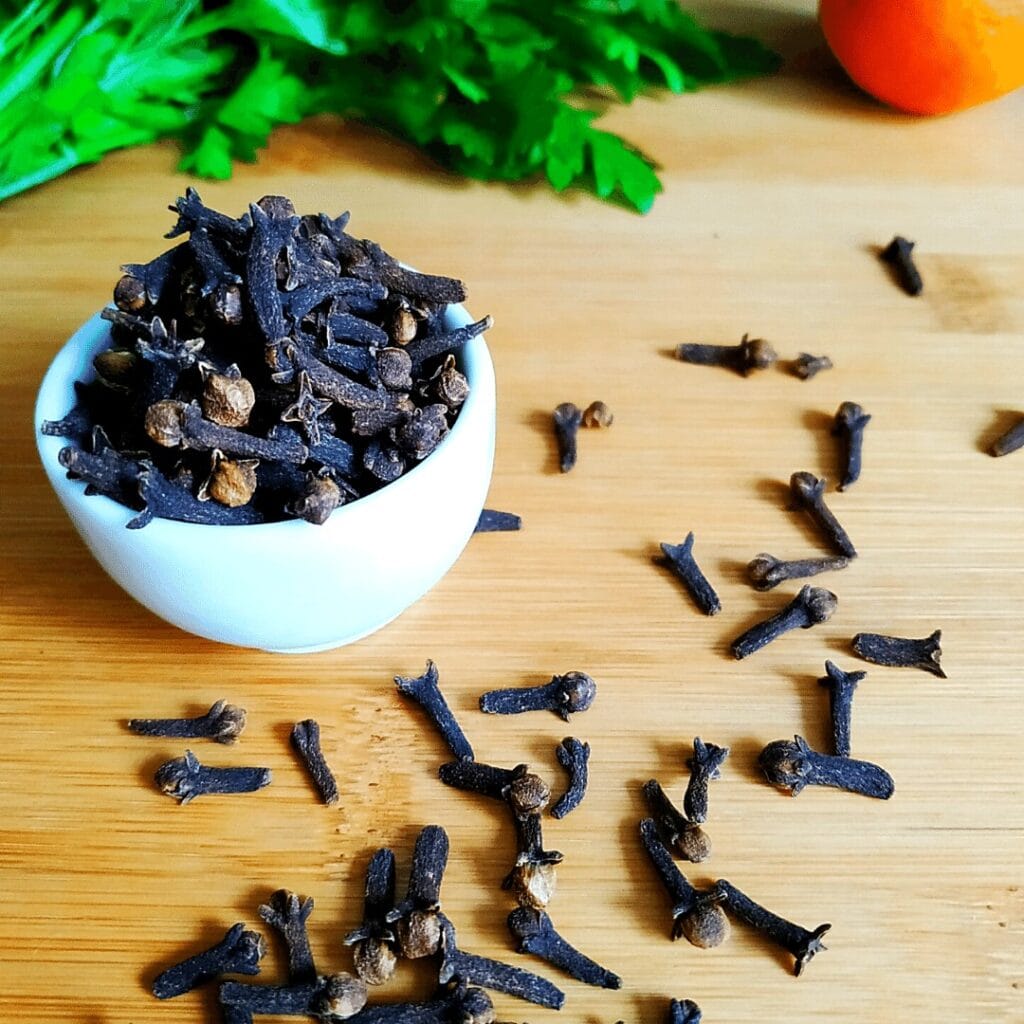
- Cloves are actually dried flower buds
- Buy whole cloves and store them airtight
- Grind your whole cloves if you need powder, otherwise use whole
- Cloves keep their potency for around 12 months
#23 – Common Sage
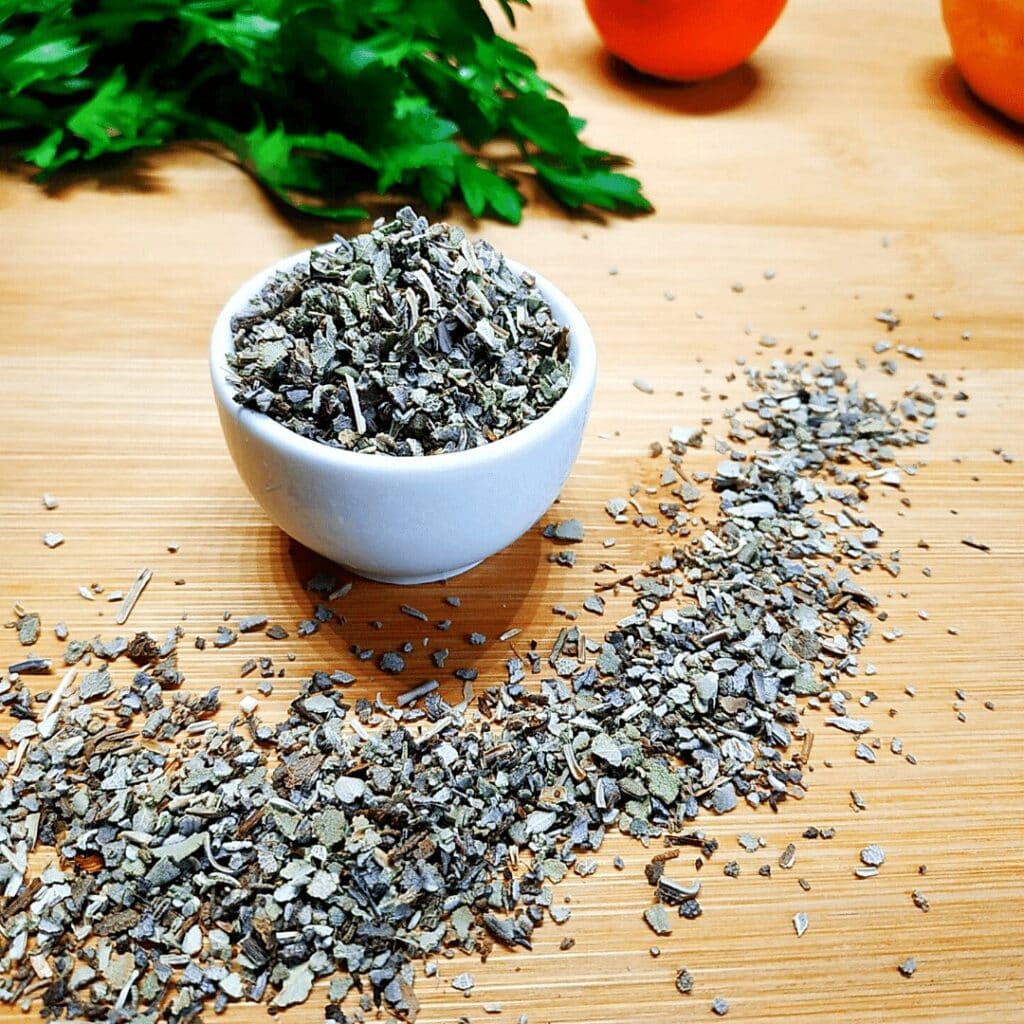
- Unpleasant to eat raw due to the fluffy leaves
- Dried rubbed sage retains most of the flavor but gets a little bit bitter and loses the bright color
- Powdered sage loses its potency fairly quickly
- Add dried sage at the beginning of cooking
- Common sage can be kept for around 12 months if stored in a dry environment in a tightly sealed container
#22 – Mint
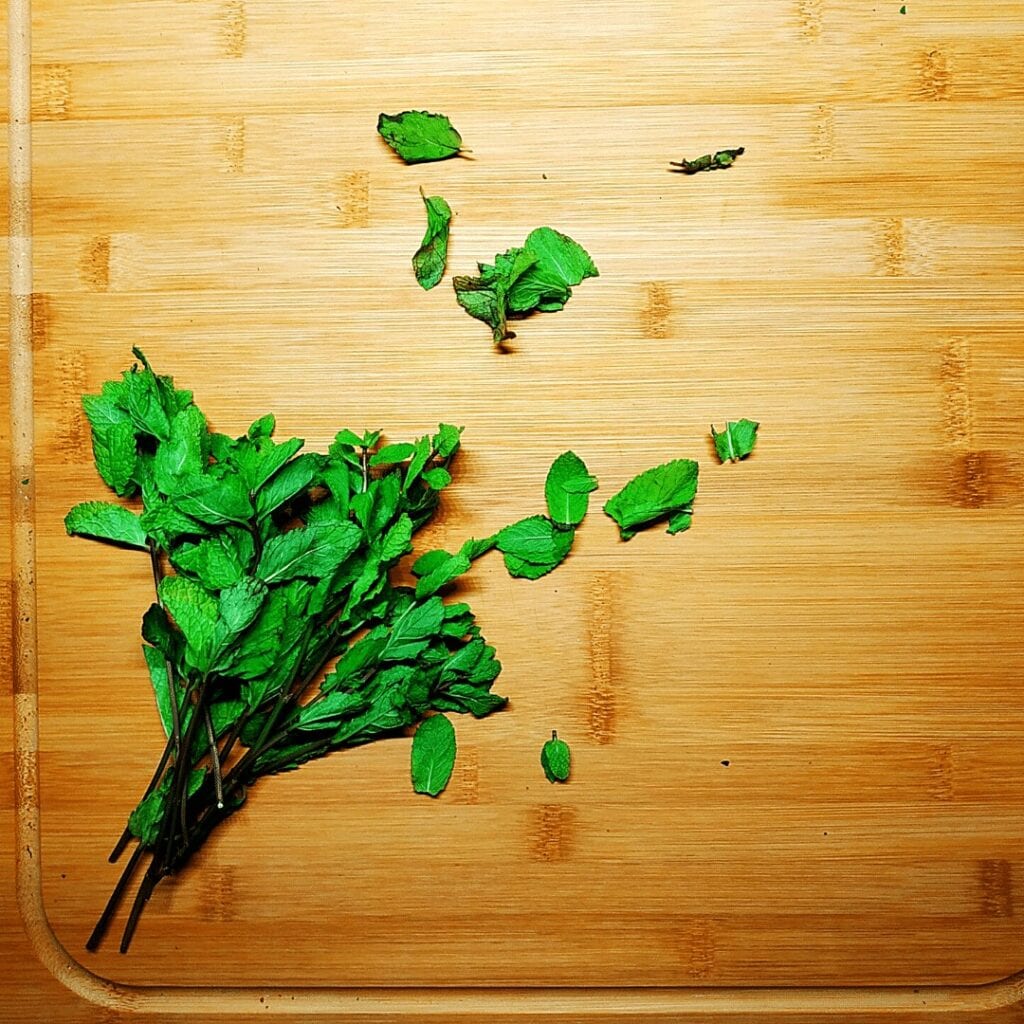
- Spearmint is the most used for cooking, peppermint is mainly refined into oil
- Secret Tip! Crush fresh mint first to release more flavor
- Use fresh mint in beverages
- Dried Mint stays tasty for a maximum of 3 years
#21 – Nutmeg
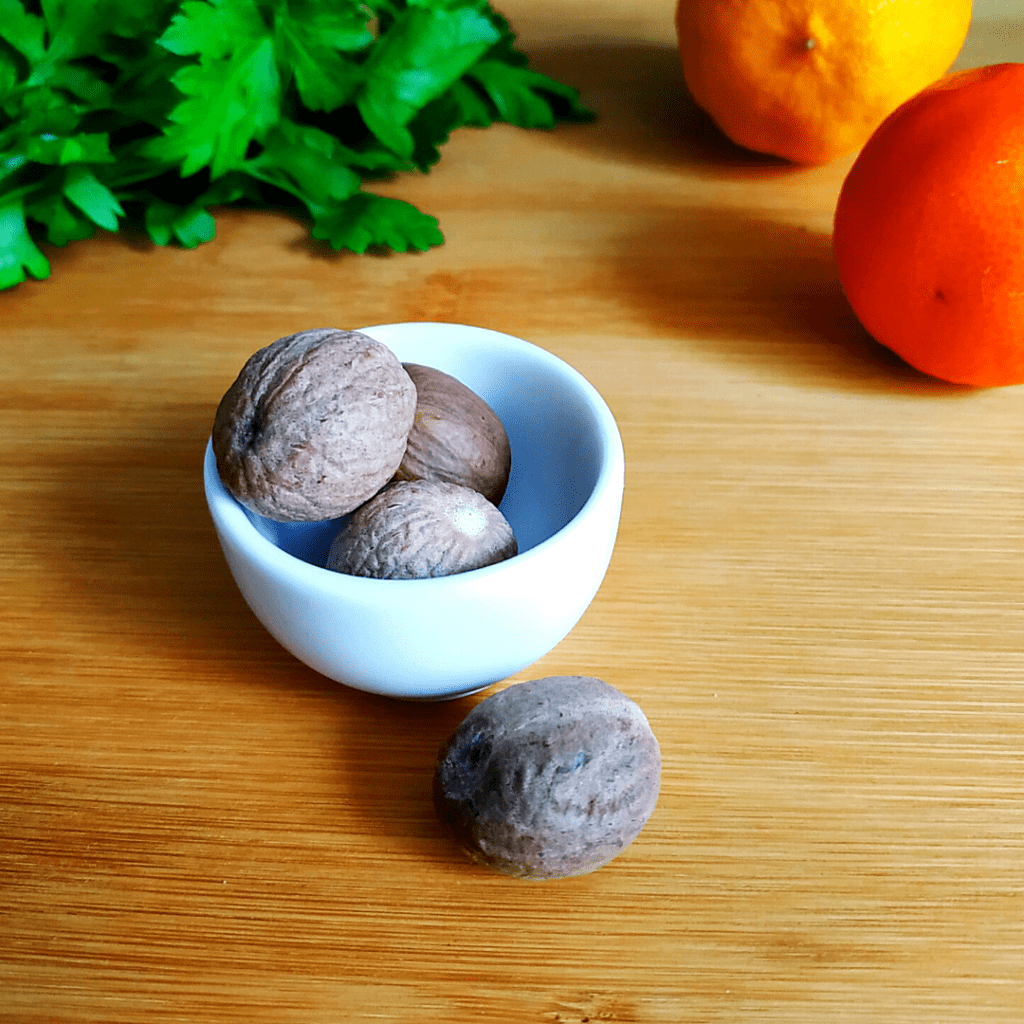
- Walnut shaped seed of an Indonesian tree, but somewhat smaller
- Buy some whole nutmegs, and you are set for life. Whole nutmegs keep indefinitely if kept away from heat and moisture
- Grate as necessary and it will taste fresh after years and years
- Ground nutmeg stays potent for only 6 months
#20 – Parsley
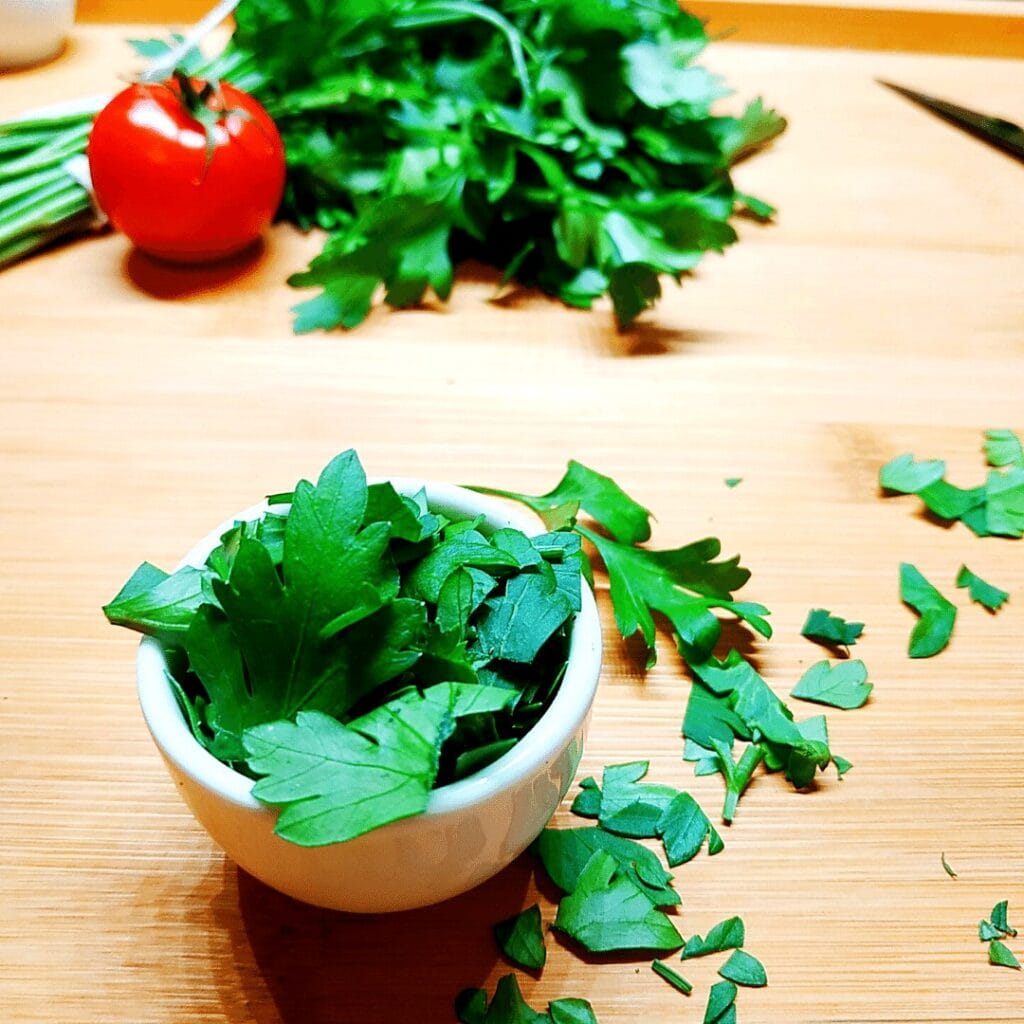
- Use fresh Parsley as a last minute addition to food or as a garnish
- Always buy fresh if you can
- Dried Parsley keeps for about 6 months, but it will not taste as fresh and has a different texture
#19 – Dill
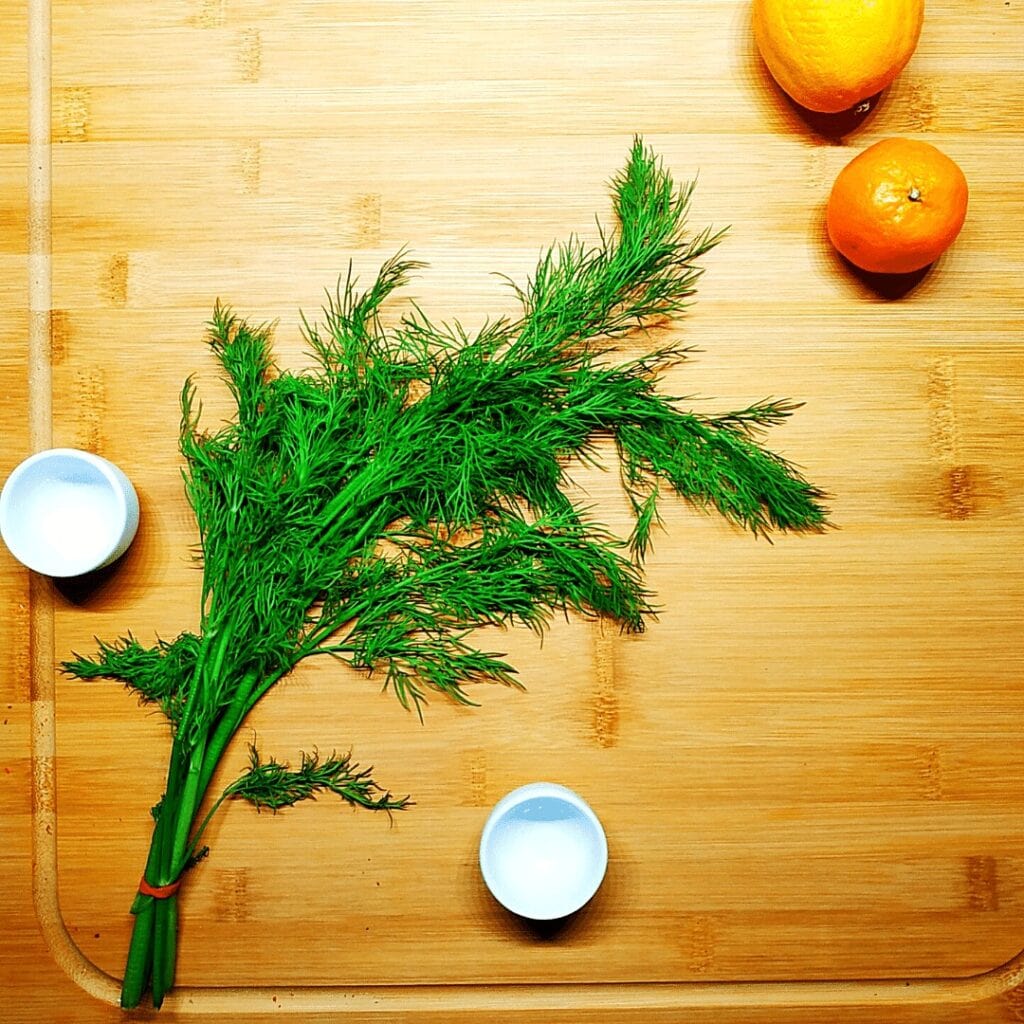
- Refers usually to the leafy-green herb, but dill seed spice is commonly used for pickling
- The herb loses flavor the longer it is cooked, so better to use at the end or as a garnish
- Dried dill does not keep its flavor, but it is possible to freeze dill without too many adverse effects to taste
#18 – Turmeric
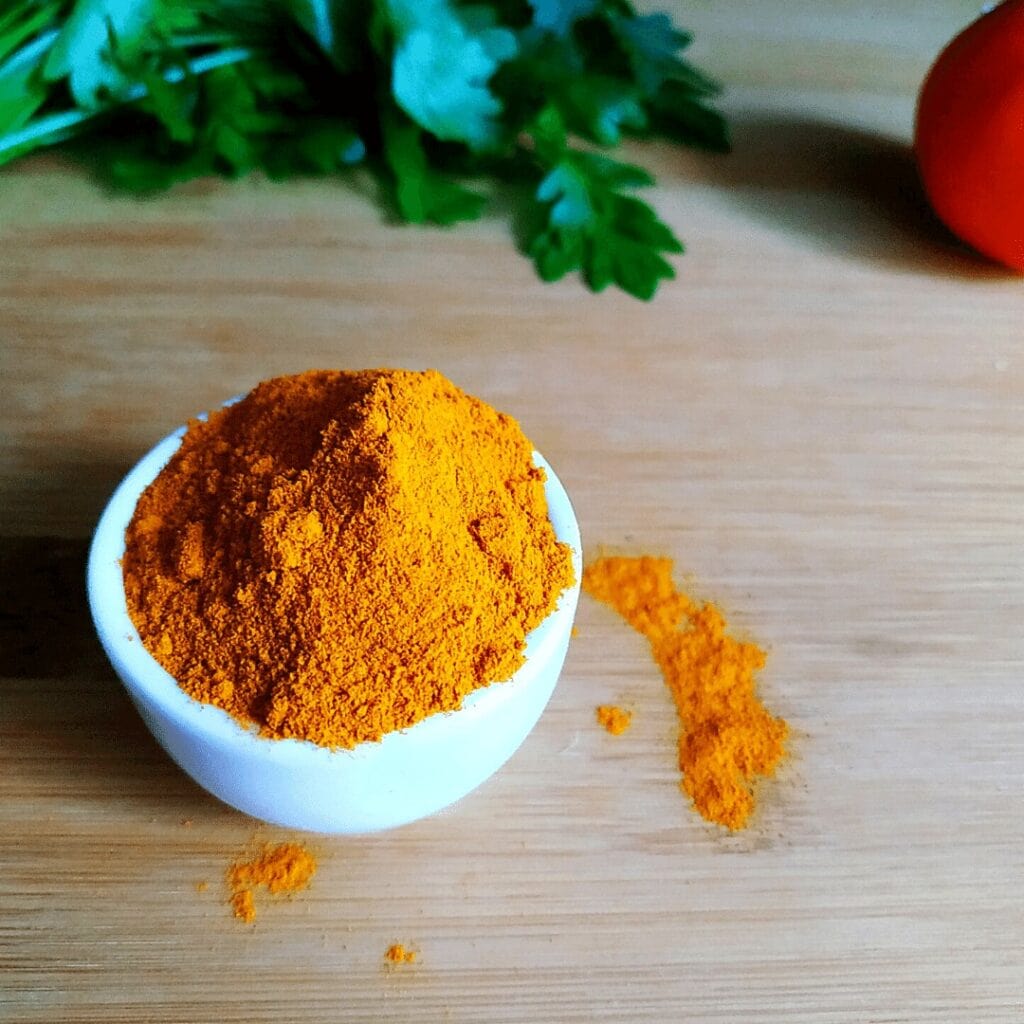
- Deep yellow-orange color, usually used in Indian cuisine
- Some call it “indian saffron”
- Turmeric stains hands and clothes orange, so be careful. Can be washed off
- Most important ingredient if you are making curry, but mainly used for coloring. If left out, the flavor of the food will change only marginally.
- Dried turmeric will keep for about 6 months if stored properly
#17 – Bay Leaf
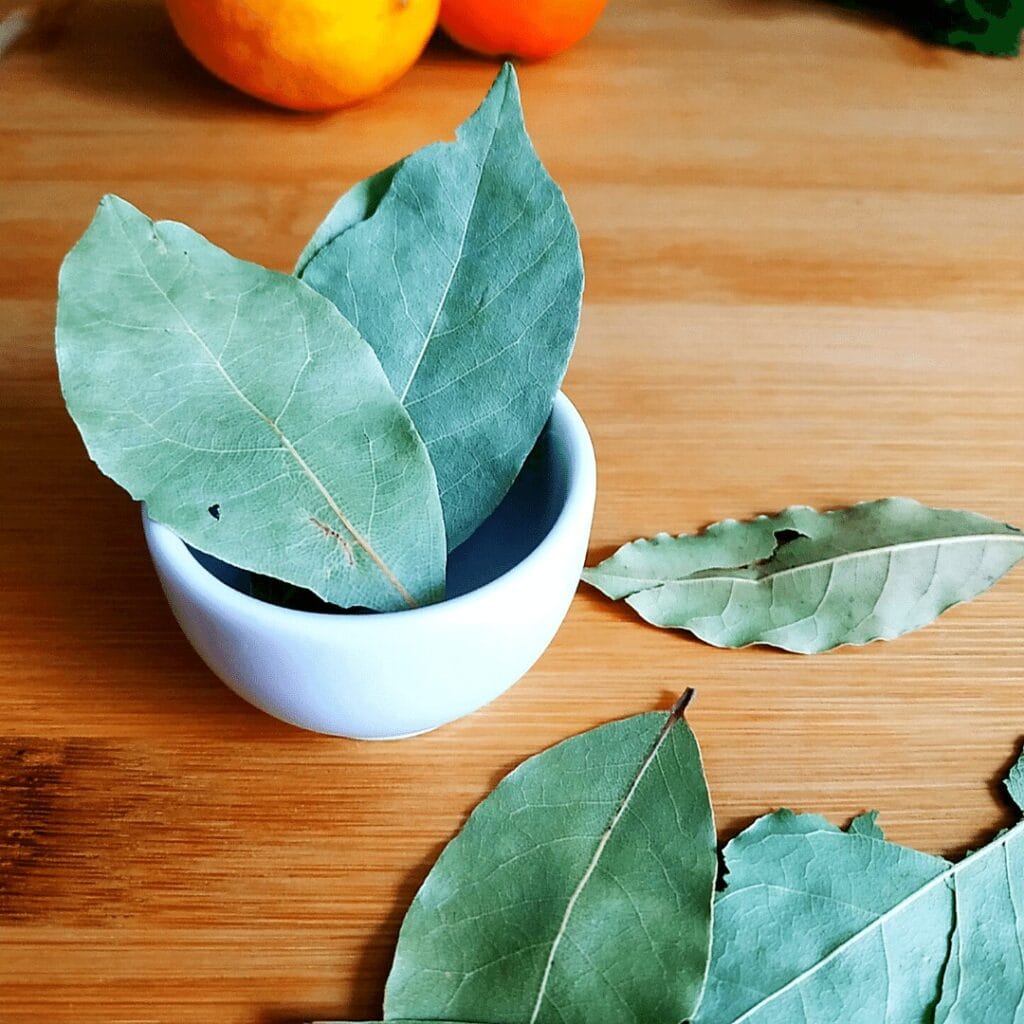
- Fresh bay leaves have much less flavor and are more expensive
- Dried Bay Leaves last for about 2 years before they lose potency
- Usually added to slow-cooking recipes like soups, stews, etc.
- Bay leaves need to be removed before serving, they will not get soft and can cause serious cuts in the mouth or digestive tract
- Always remove Bay leaves before serving
#16 – Onion Powder
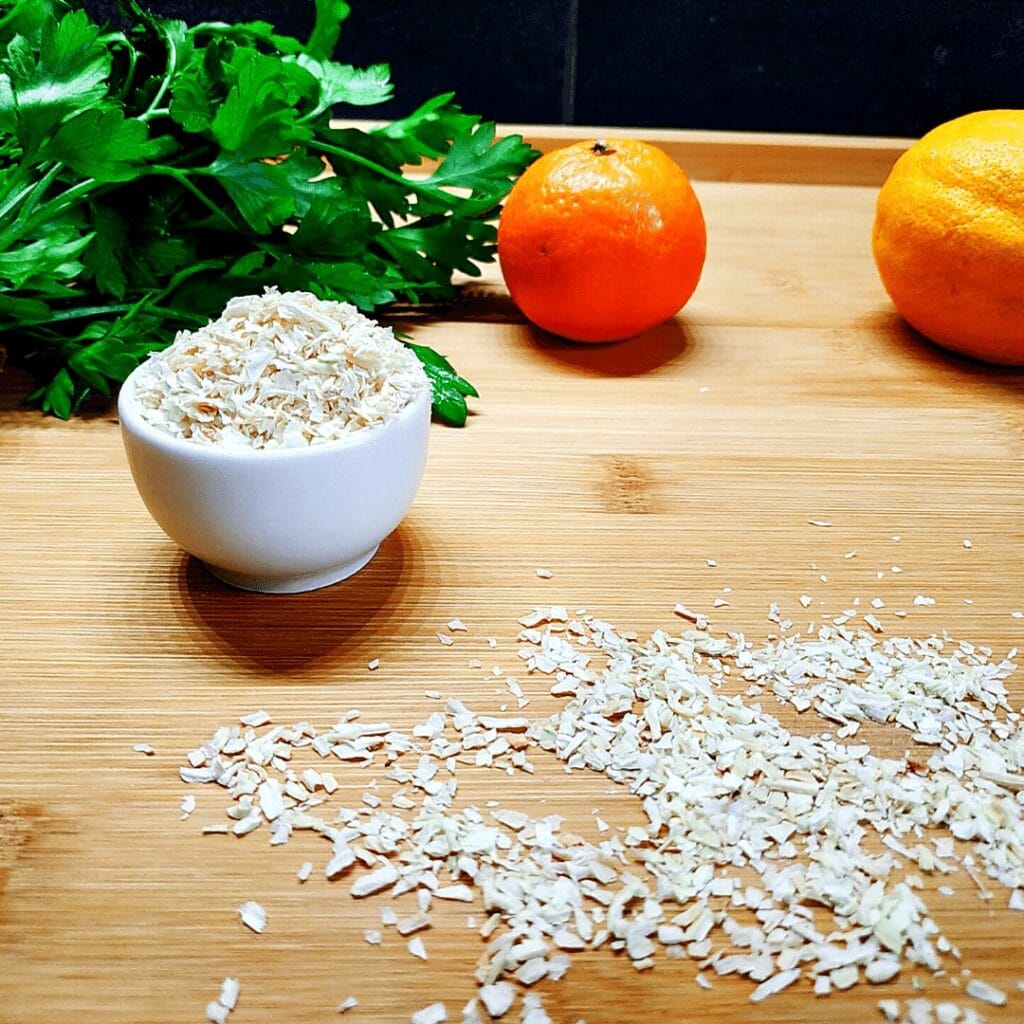
- Comes from “normal” onions that have been dehydrated and then crushed into flakes or ground into powder
- Usually no indication of the type of onion used if pre-packaged, so each bottle might taste a little bit different
- Easy to make at home if so desired
- Gives no texture or crunchiness to the food, but can be used where dryness is preferred, like popcorn flavoring or dry rub
#15 – Cilantro
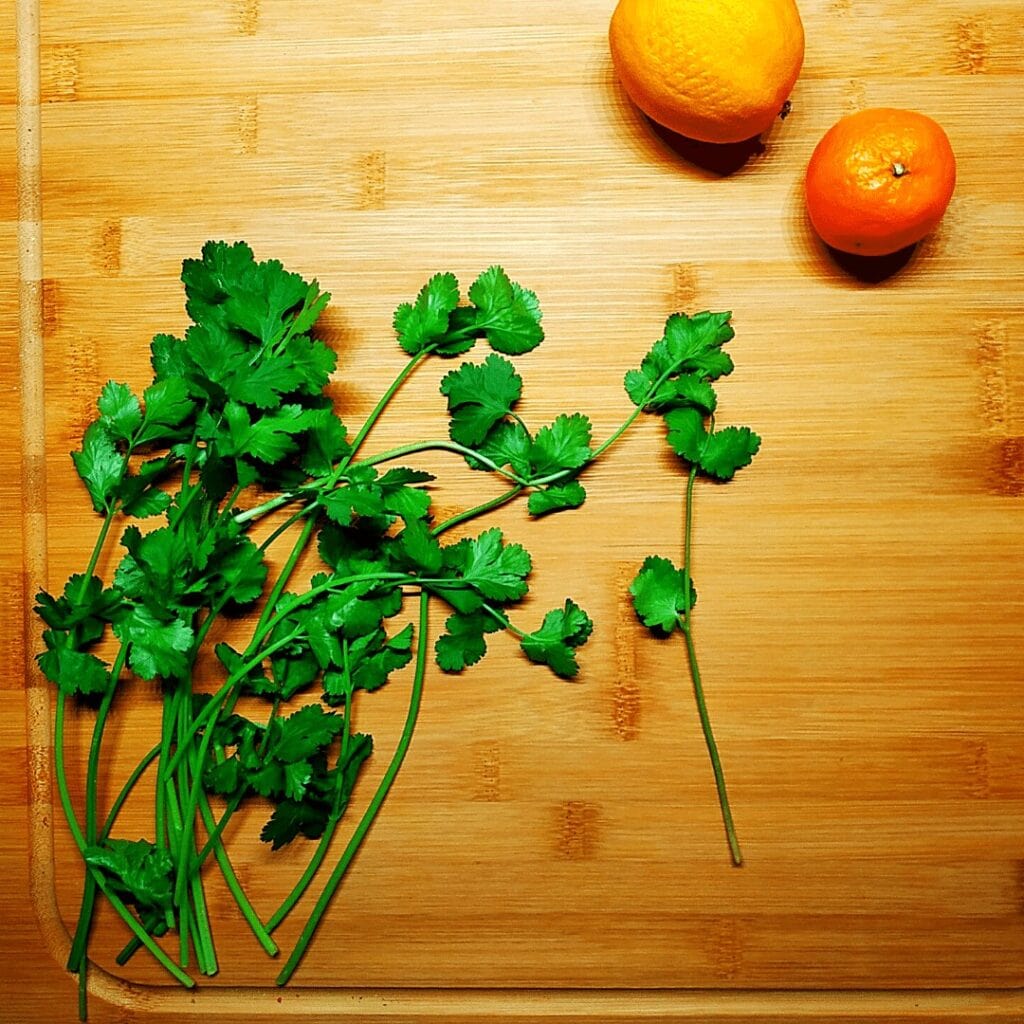
- Love it or hate it herb
- Commonly used in Mexican dishes
- Some people can taste aldehydes and to them it tastes soapy
- Dried cilantro has only a fraction of the taste, so you should use fresh whenever possible
- Add fresh cilantro only at the end of cooking or as a garnish
#14 – Cayenne Pepper
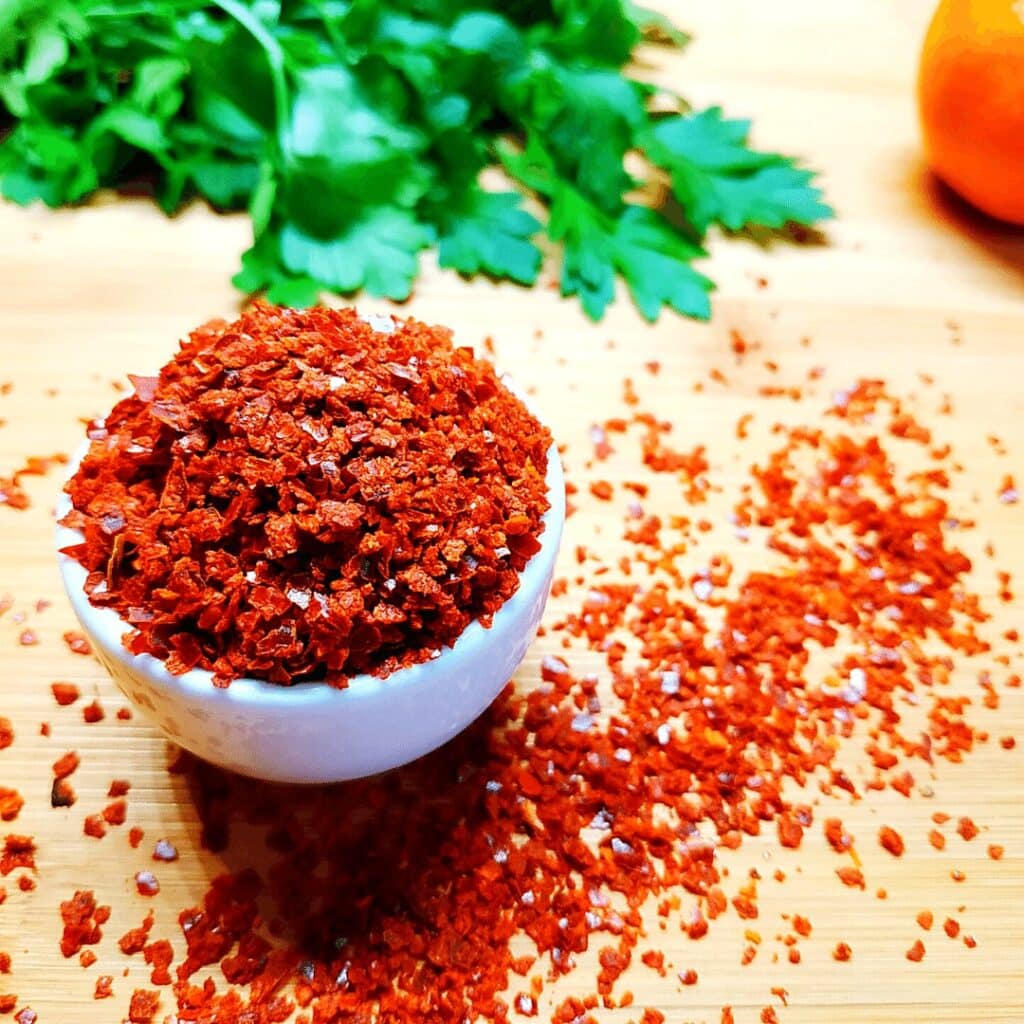
- Bright red flakes that are “easy on the eyes”
- Powdered form works just as good as coarsely ground
- Very good heat level, with a great flavor
- Many times hotter than your average chili powder, it is not a substitute and to be used with caution
#13 – Crushed Red Pepper
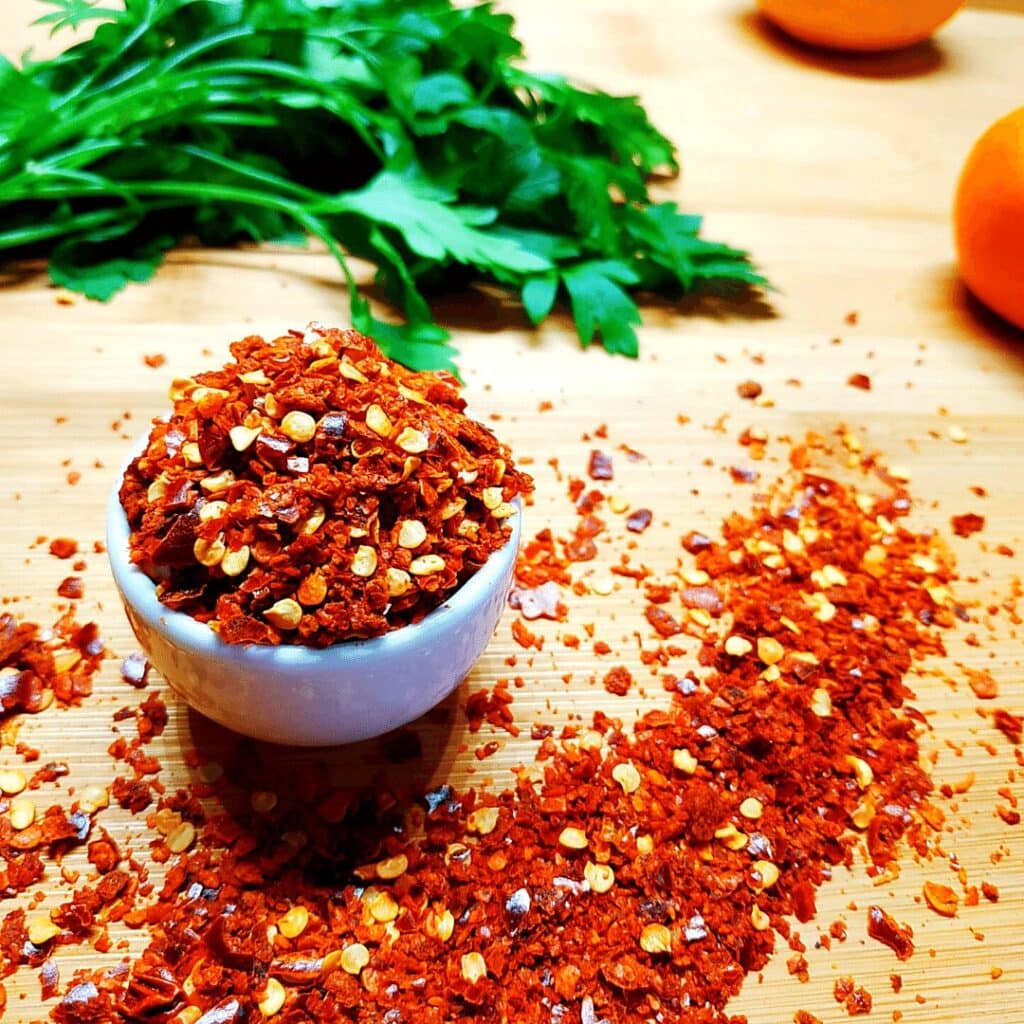
- These will usually be a mix of red peppers dried and crushed into small flakes
- The bulk of the mix will be cayenne pepper, with seeds mixed in
- You can keep it in a grinder and grind coarse chunks to freshen up the taste a little bit
- Loses heat with time, keeps for around 2-3 years
#12 – Rosemary
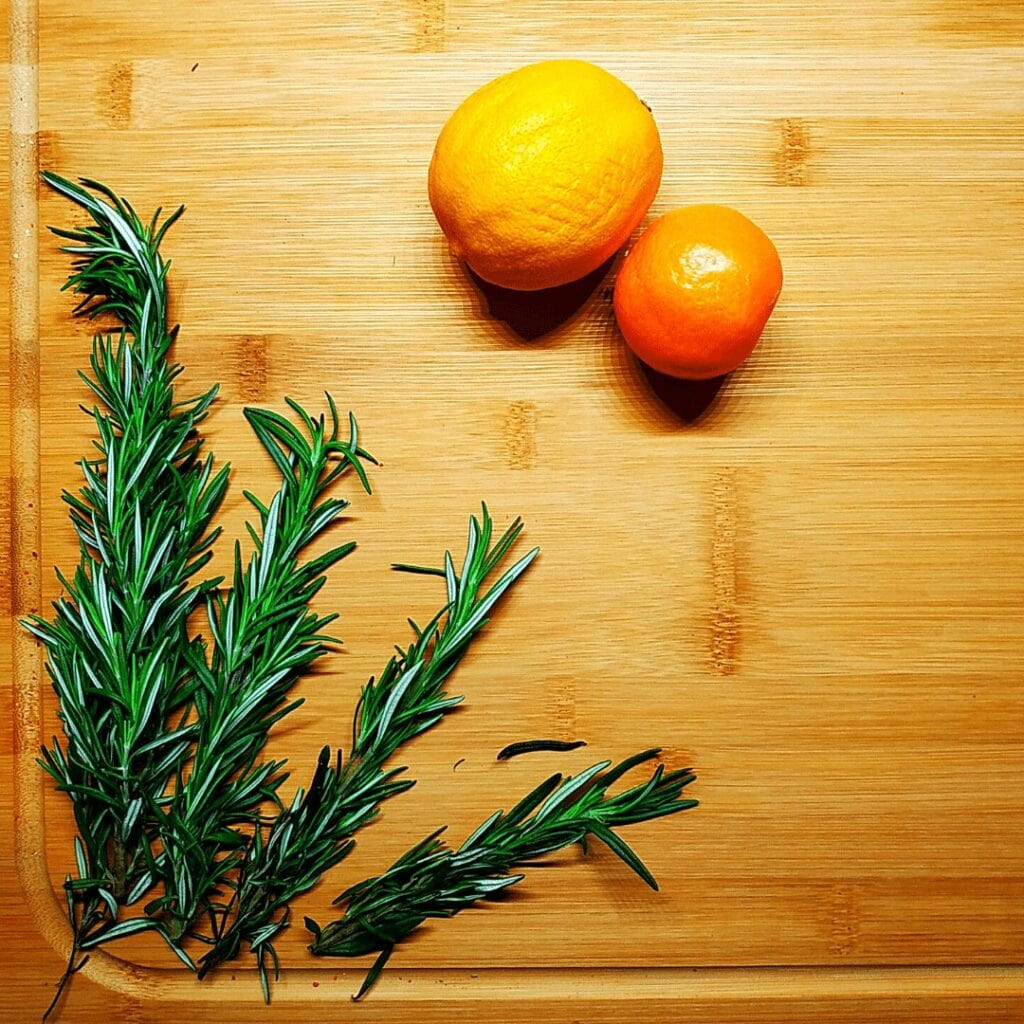
- A popular mediterranean herb
- If not using whole sprigs then chop leaves very finely, this bugger might remain very hard even after cooking
- Use with caution: It is known to overpower any and all other flavors and then your food will taste like a biting into a christmas tree
- Get fresh if you can, otherwise use dried version, but be careful
#11 – Thyme
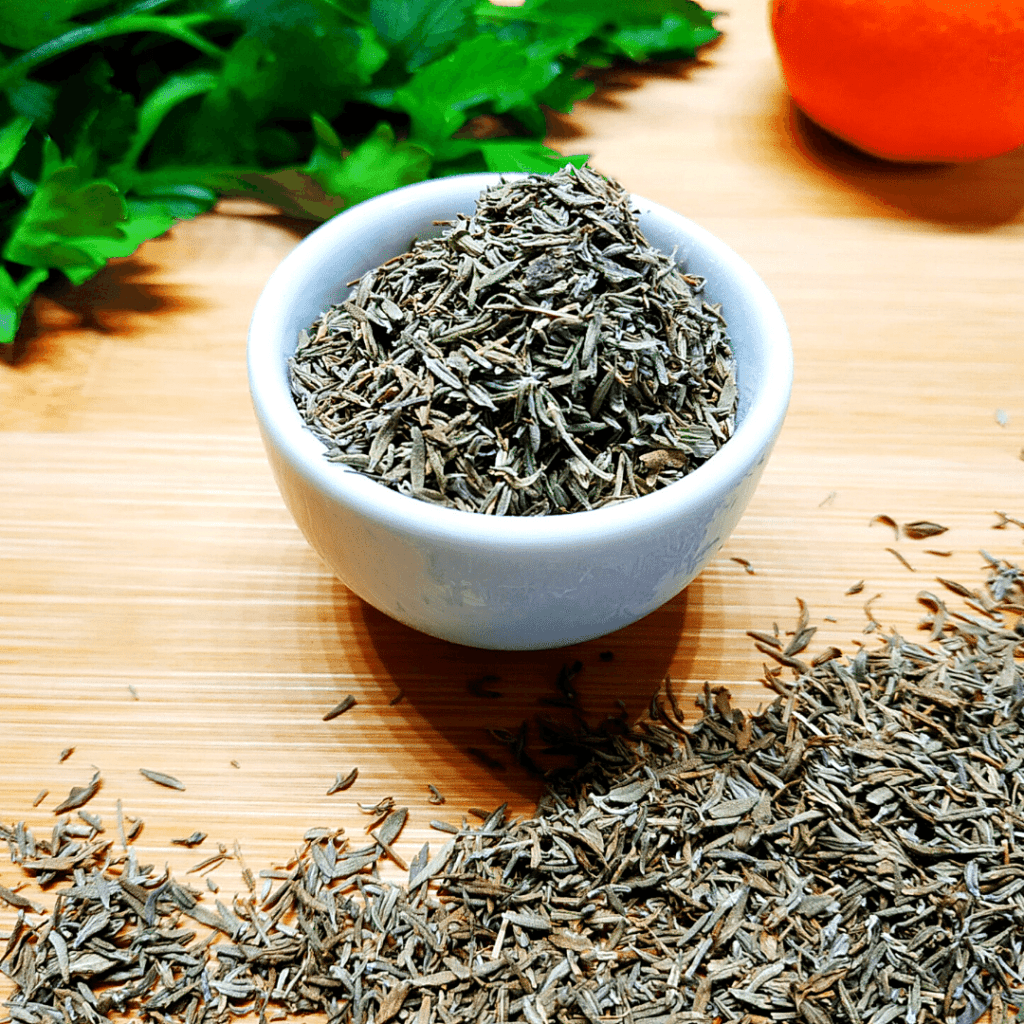
- Common thyme and lemon thyme are two most used
- It is pronounced as “time”
- Lemon thyme has a lemony flavor, therefore not a direct substitute to regular thyme
- Dried and fresh have very similar flavor profiles so you can use dried
- You only need a third of dried thyme compared to using fresh
#10 – Chili Powder
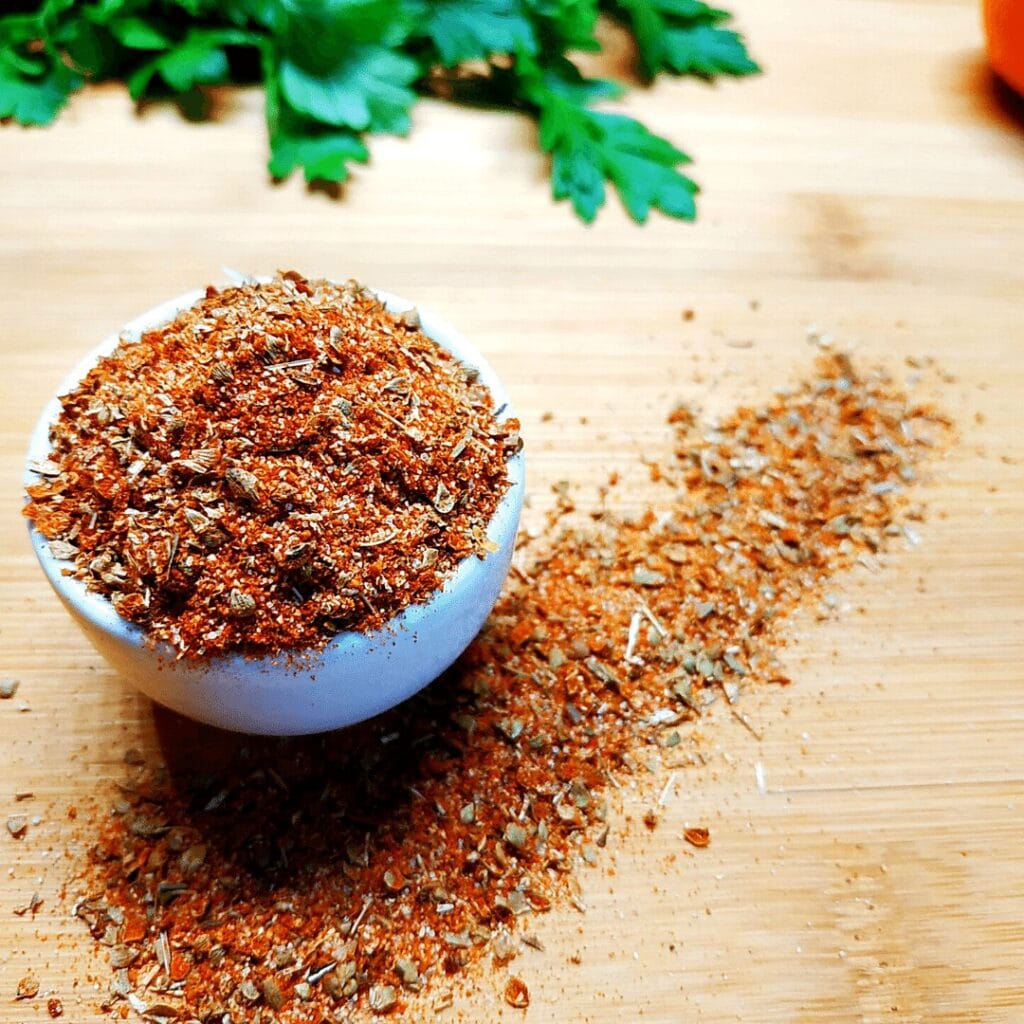
- Chili powder is actually a blend of different spices
- Recipes vary but usually a red colored mix of spices like paprika, cayenne, oregano, pepper, garlic powder, and salt
- Easily made at home to taste, check ingredients if store-bought to fit your needs
- Should only be moderately spicy for better flavor control, more heat can be added to the dish as needed
#9 – Ginger
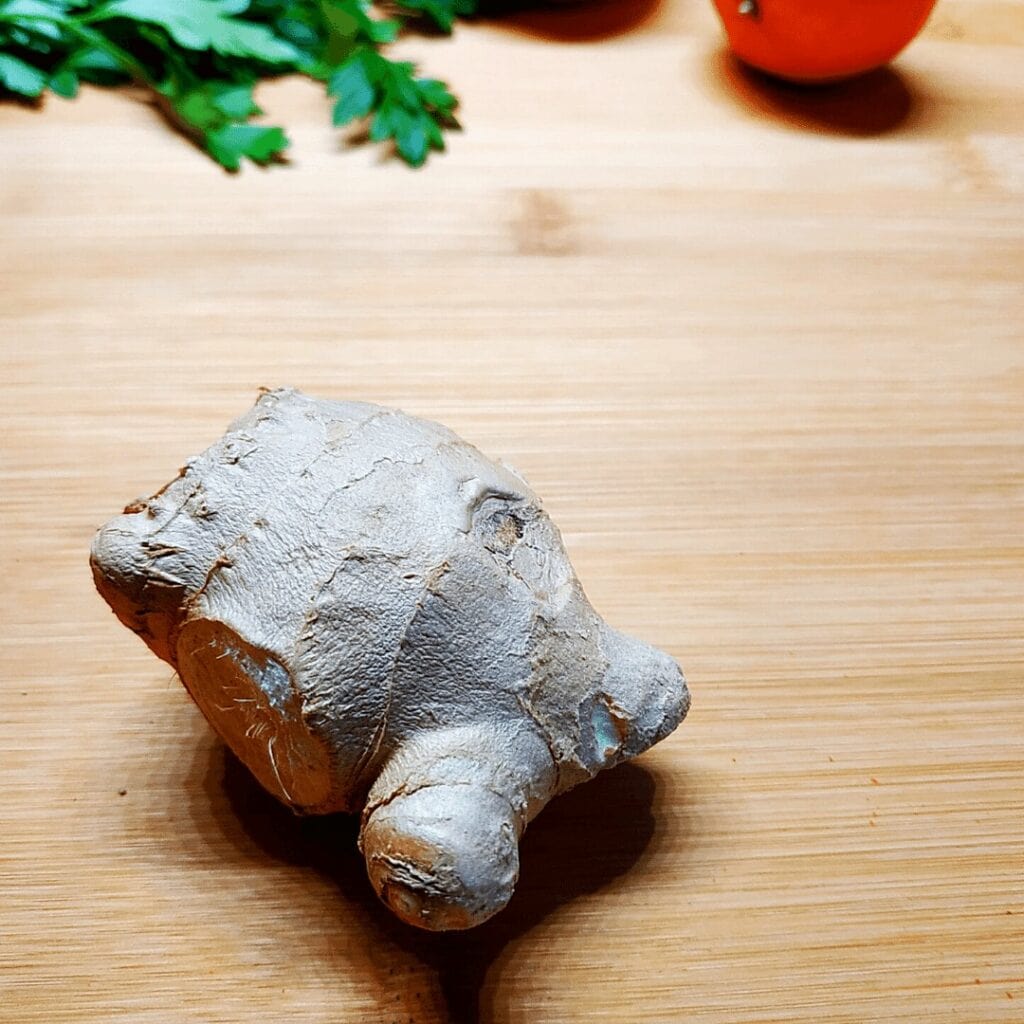
- A yellowish colored root used for various foods and drinks
- Ground up ginger usually used for sweets and curry mixes
- You can buy young or mature roots, make sure to peel the skin of mature roots as those are too tough
- You can actually plant ginger to have an endless supply. Whenever you need it just lift the plant, cut off from the root, then replant
- Keeps for two months in the freezer, or 2 – 3 weeks in the fridge
#8 – Cumin
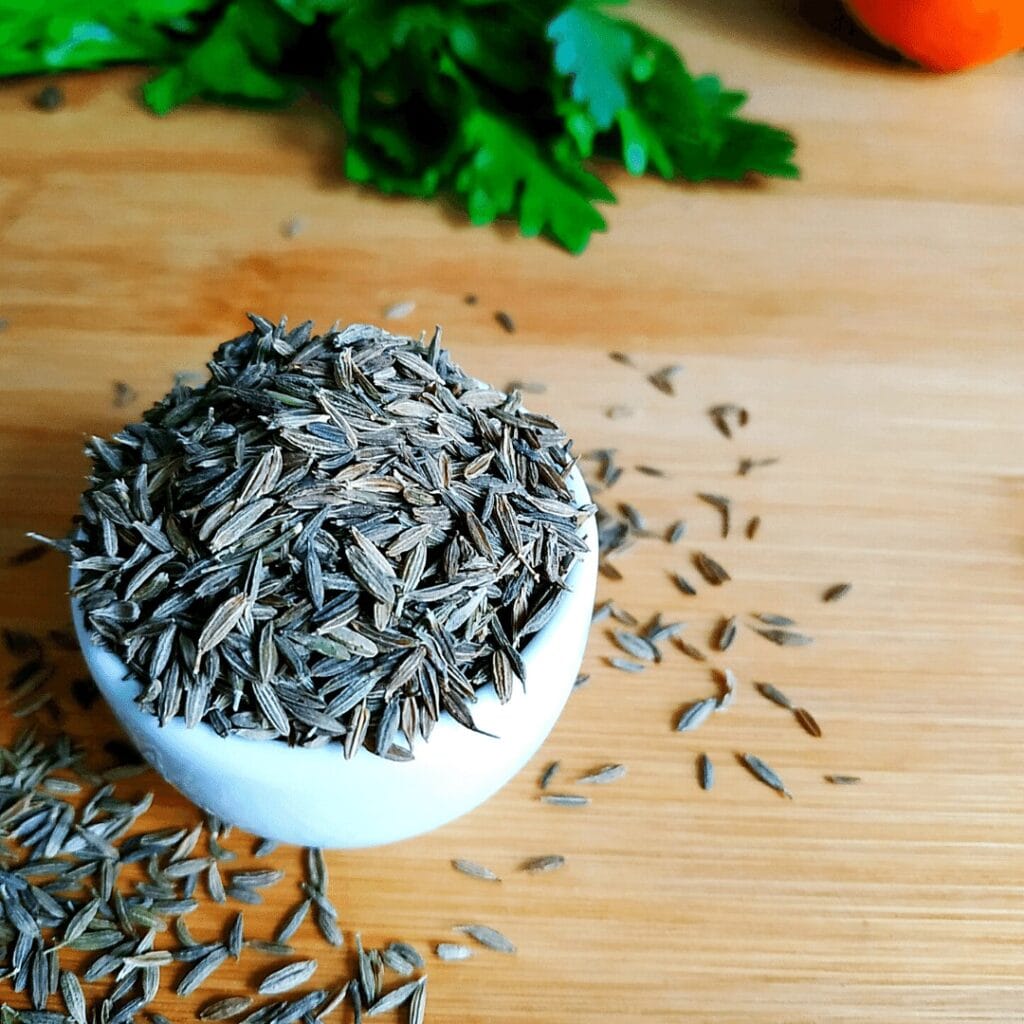
- Looks similar to caraway seeds but tastes different
- Small brownish boat shaped seeds used in many exotic regions
- Whole seeds can be stored up to 3 – 4 years in the pantry, no need to refrigerate
- Grind up to release the flavor
#7 – Cinnamon
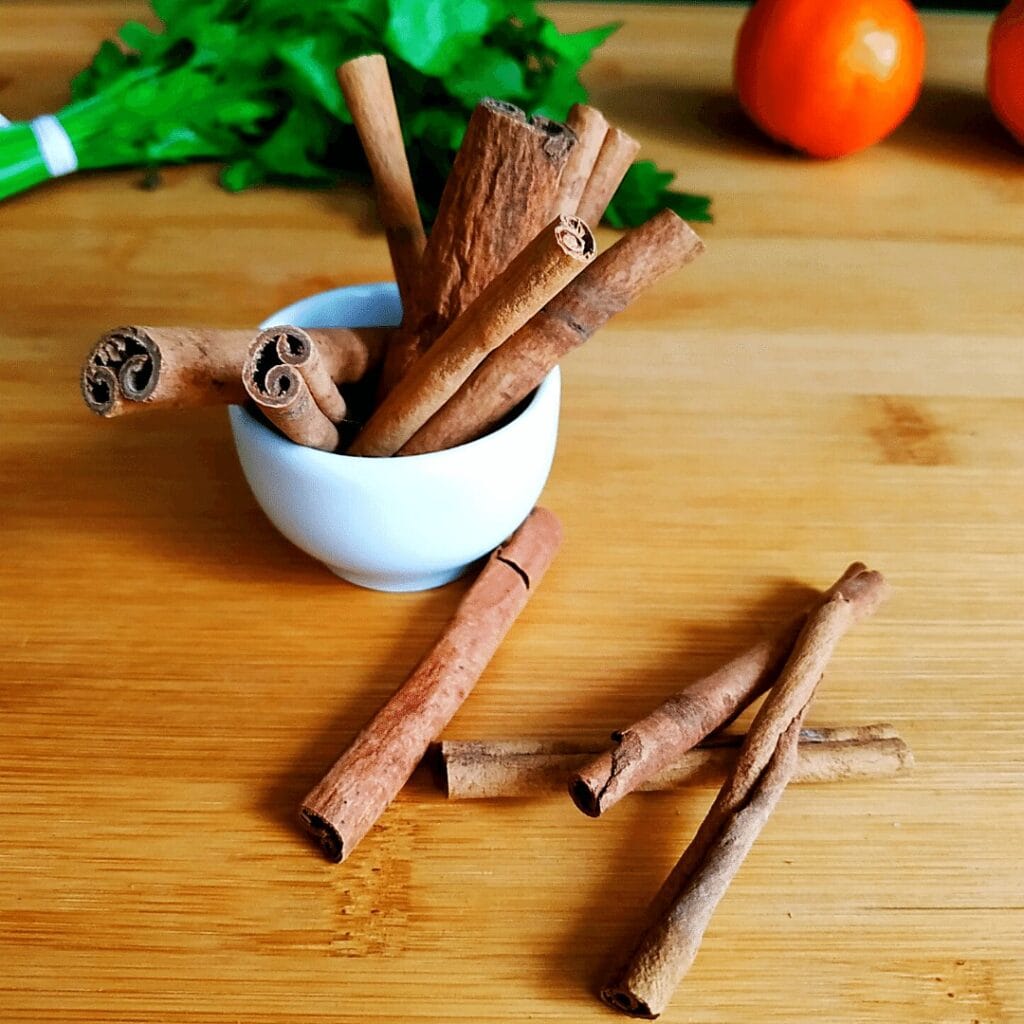
- Cinnamon is basically tree bark
- Get whole cinnamon sticks with many inner layers to ensure quality
- Lasts for many years if kept whole
- Only grind or grate however much you need, keep the rest sealed up
#6 – Oregano
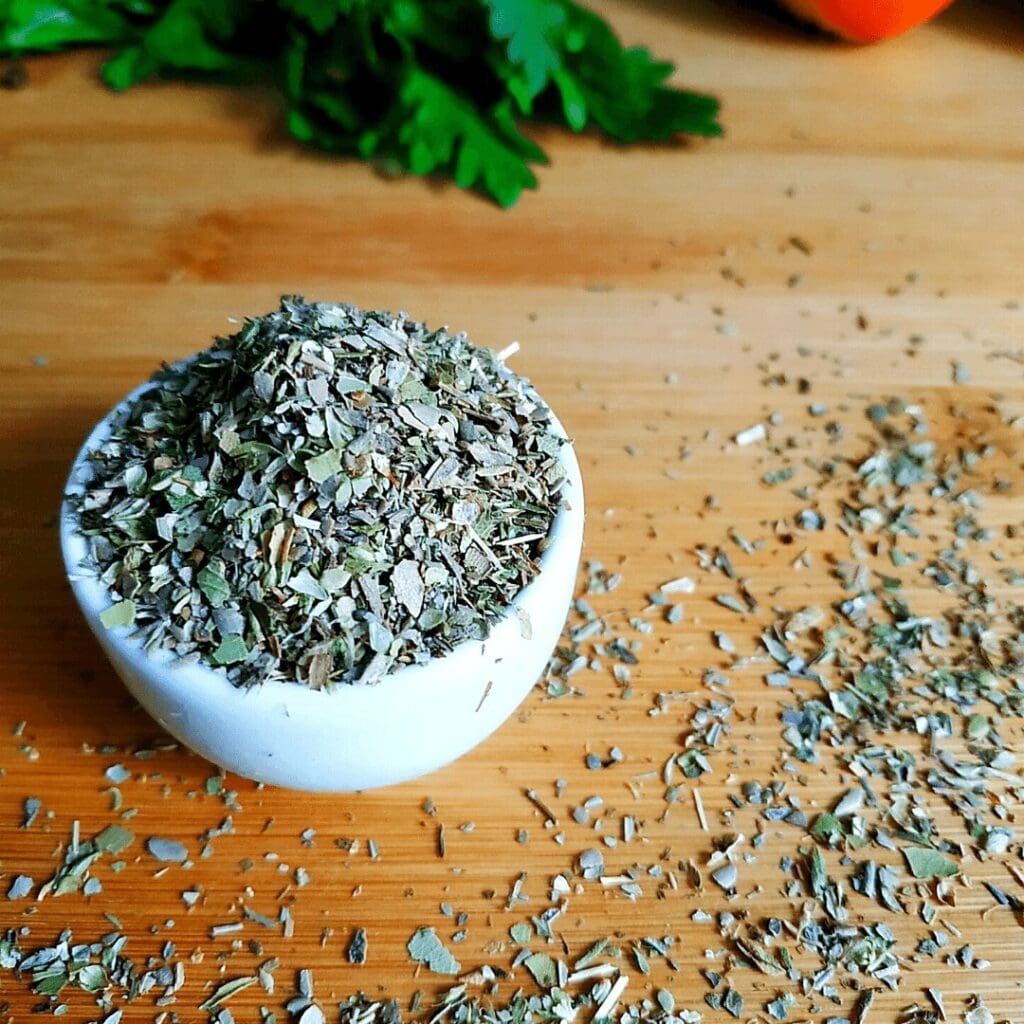
- One of the most basic spices if you are cooking mediterrenean or mexican
- Oregano is “The Pizza Herb”
- Secret Tip! Crush dried oregano further to release even more flavor
- Stands up to cooking, so it is safe to add it to the ingredients at the beginning
- Fresh Oregano is much stronger, mind your ingredients list
#5 – Paprika
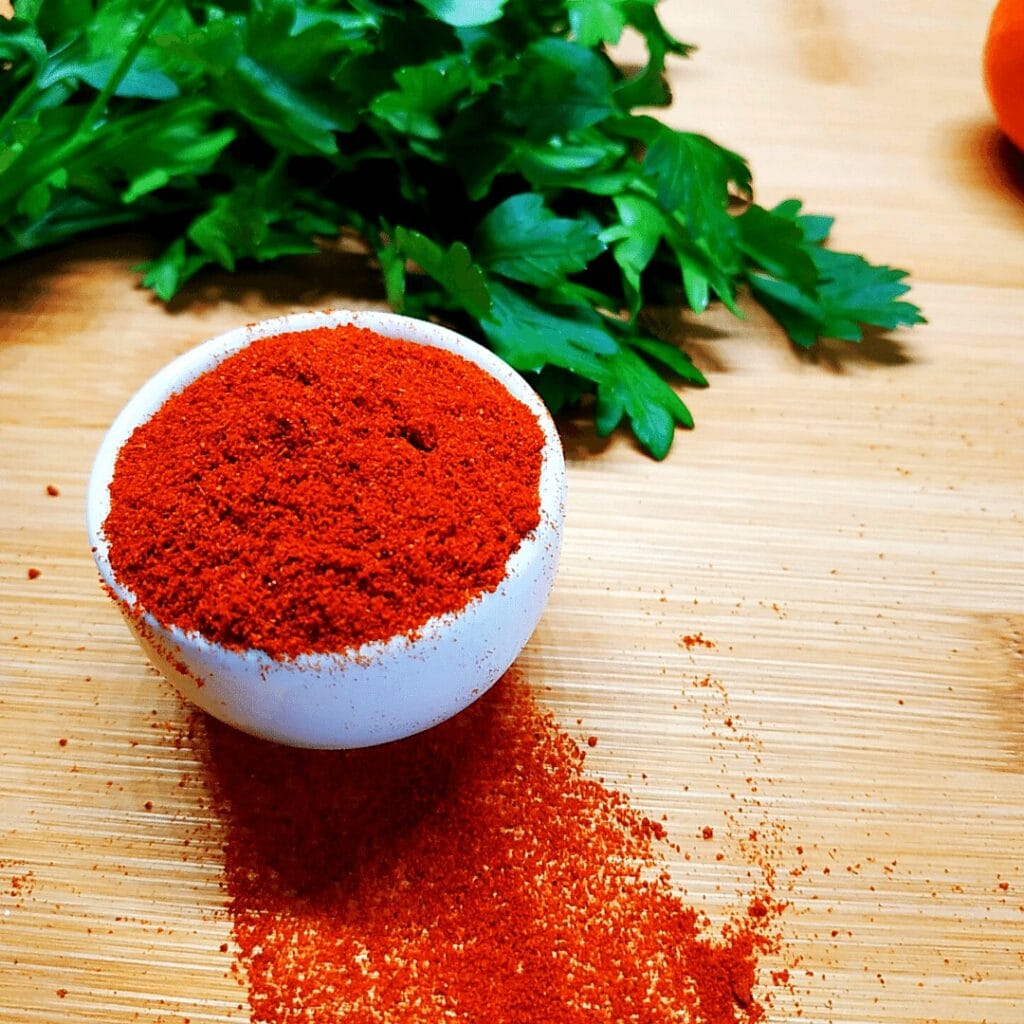
- Paprika is basically ground-up sweet pepper
- Does not have any heat, gives flavor and nice red color to food
- Use Hungarian Paprika if you can get your hands on it
- Look for “Paprika”, the sweet, non-hot type, if recipe does not specify which kind you need
#4 – Basil
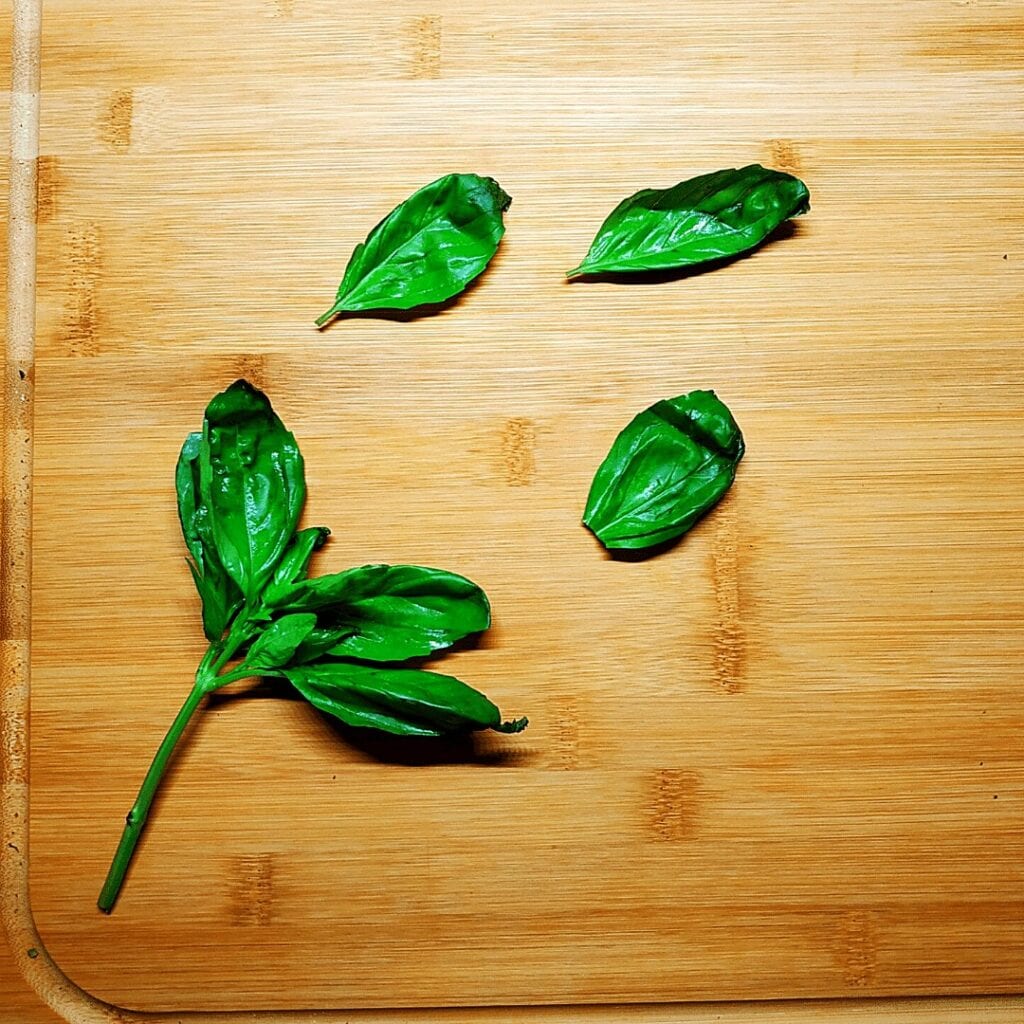
- Pizza, pasta, and salad dressings make good use of this
- Sweet Basil is the most widely used, this is the one if a recipe calls for “Basil”
- Attention! Dried Basil has a different flavor from fresh Basil, it is more minty
- Always use fresh Basil if available
#3 – Garlic
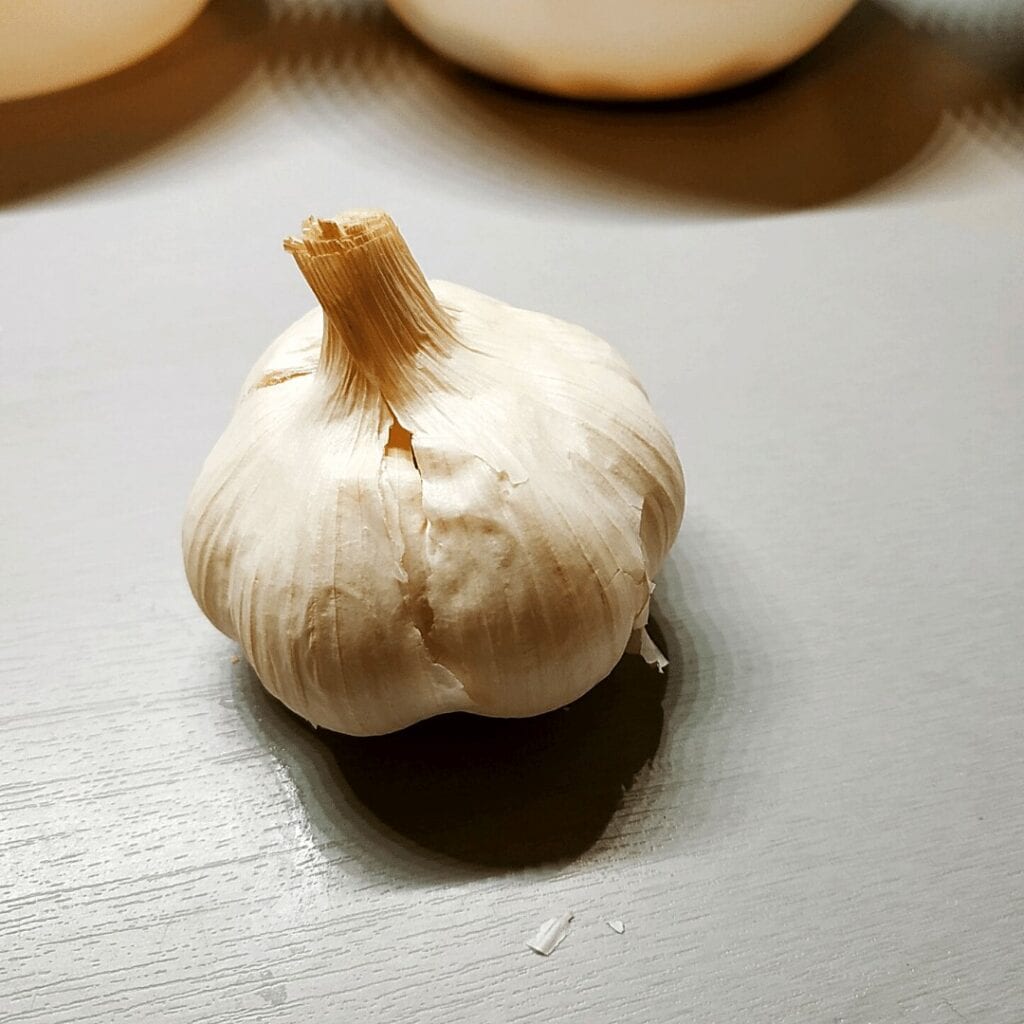
- I love garlic. It is basically an onion on steroids
- Always buy whole, unpeeled heads of garlic. These will keep for around 3 months. Break off cloves as required and peel individually.
- You don’t have to refrigerate if heads are kept whole
- Remove the paperlike skin before cooking, unless recipe states otherwise
- The more you process it the more pungent it becomes
- Garlic burns quickly, pay attention to it when cooking. Burnt garlic tastes very bitter and can ruin the dish
#2 – Black Pepper
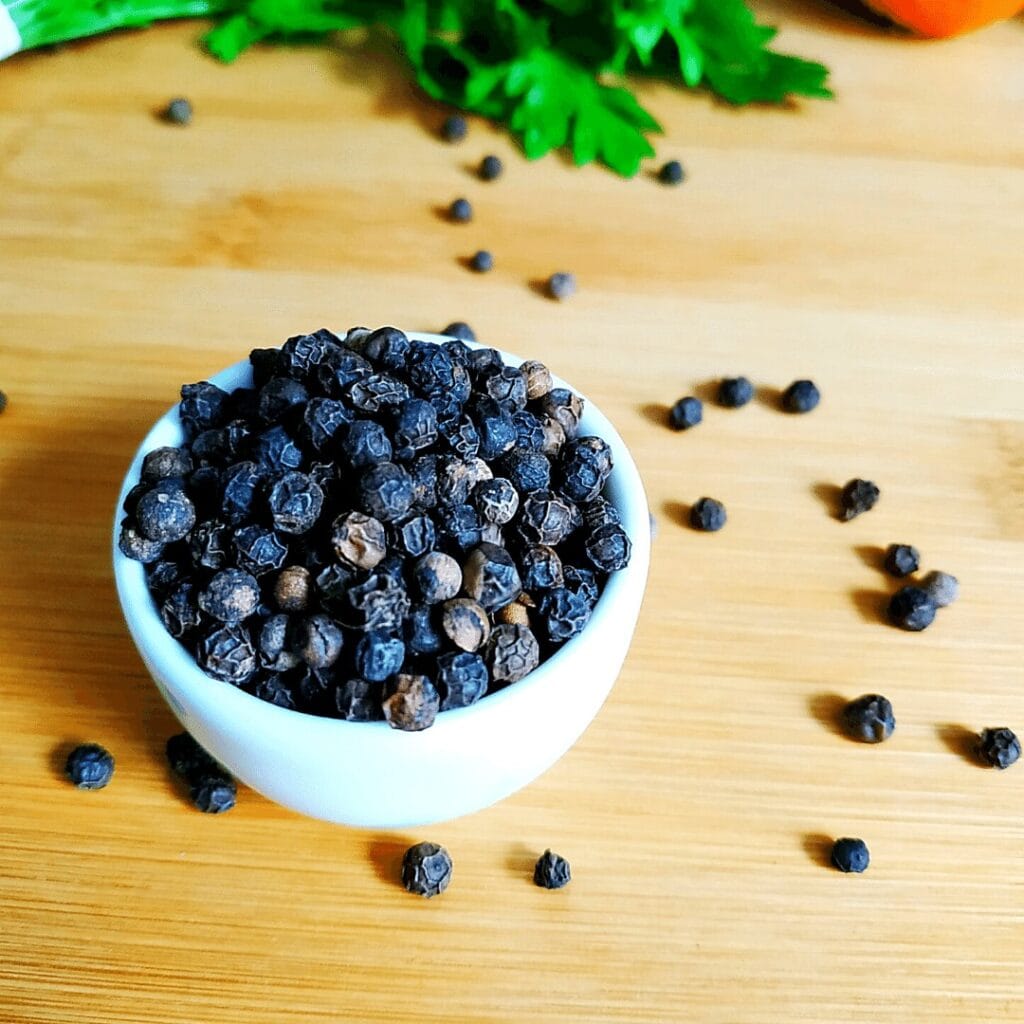
- Is actually a fruit, but dried and used as a spice
- Always buy whole, and grind them yourself, as there is a night and day difference between pre-ground and freshly ground
- Black pepper keeps for a very long time (years) if whole, only grind as much as you need
#1 – Salt
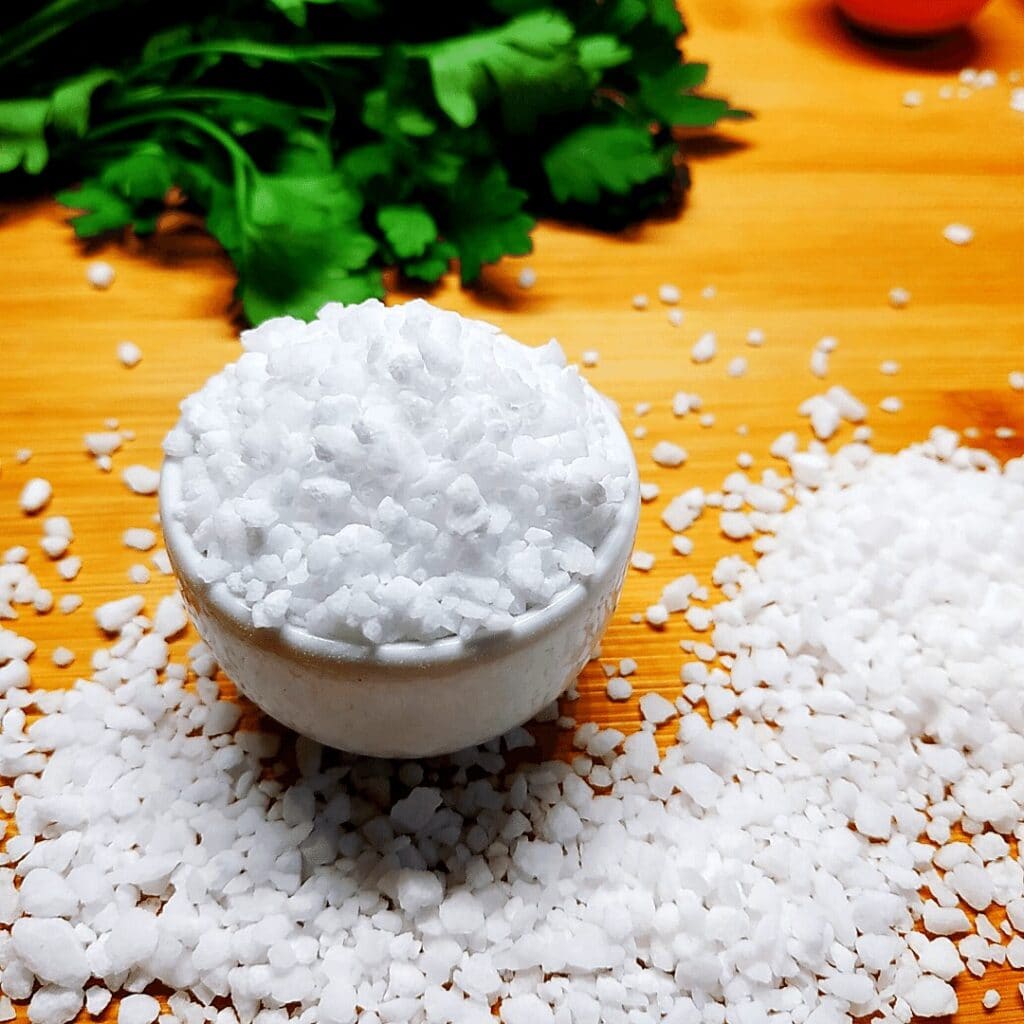
- Use kosher salt for cooking, table salt for seasoning and baking, salt flakes for garnishing
- Large crystals of kosher take a long time to dissolve, not really suitable for baking or food that’s ready
- Kosher salt is just coarsely ground salt. No religion relation. If you are in a region that does not sell or know “kosher salt” just look for coarse salt with no additives
- Iodized salt might give a metallic aftertaste
- If your recipe calls for kosher salt, but you only have table, then the ratio is about 1 spoon of kosher salt equals half spoon of table salt
- We have written an article titled “What is Kosher Salt“. Go ahead and read it.
Your pantry is now full. What’s next?
Make sure to use what you have bought! How about some basic tips on how to cook wagyu beef?


